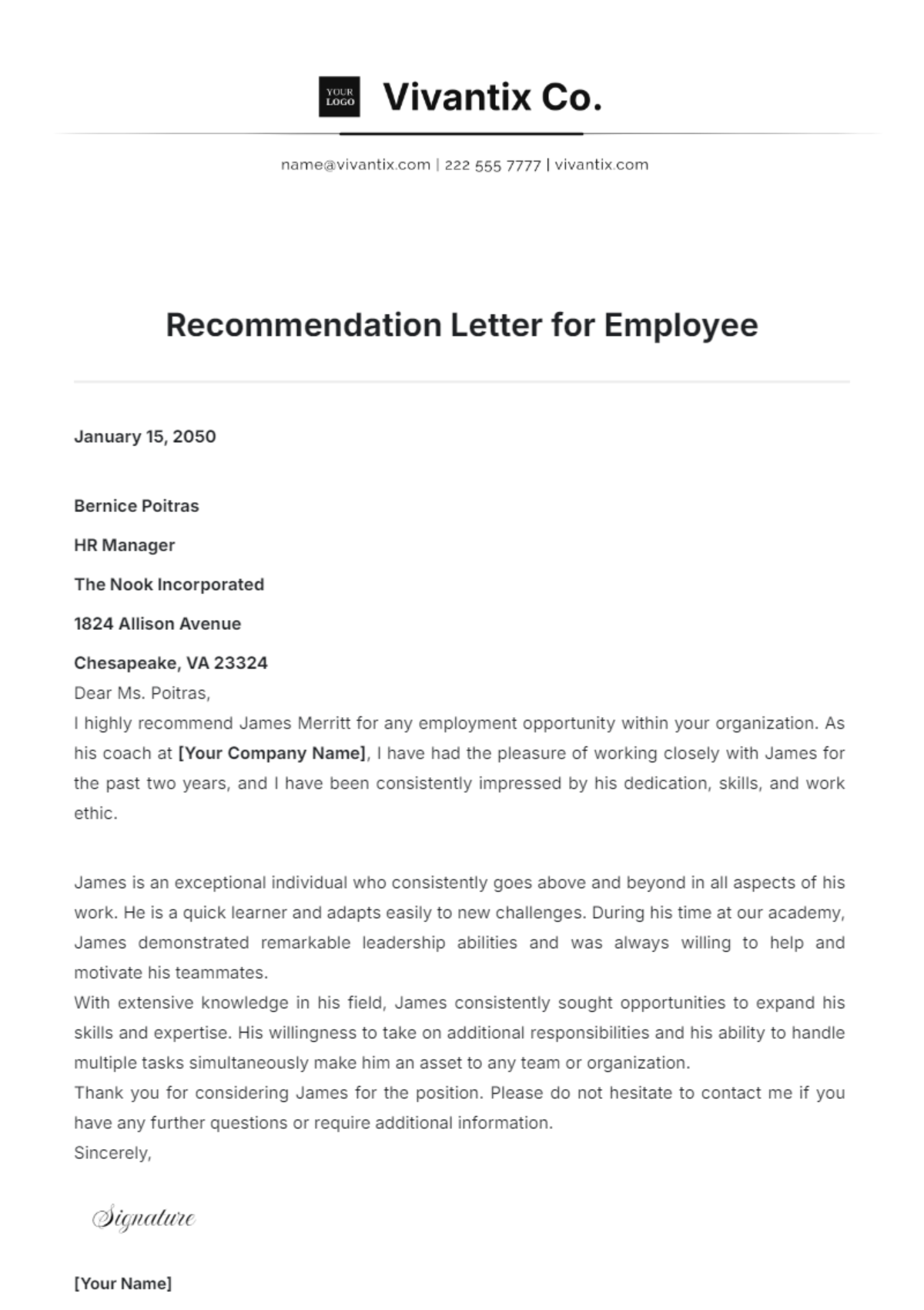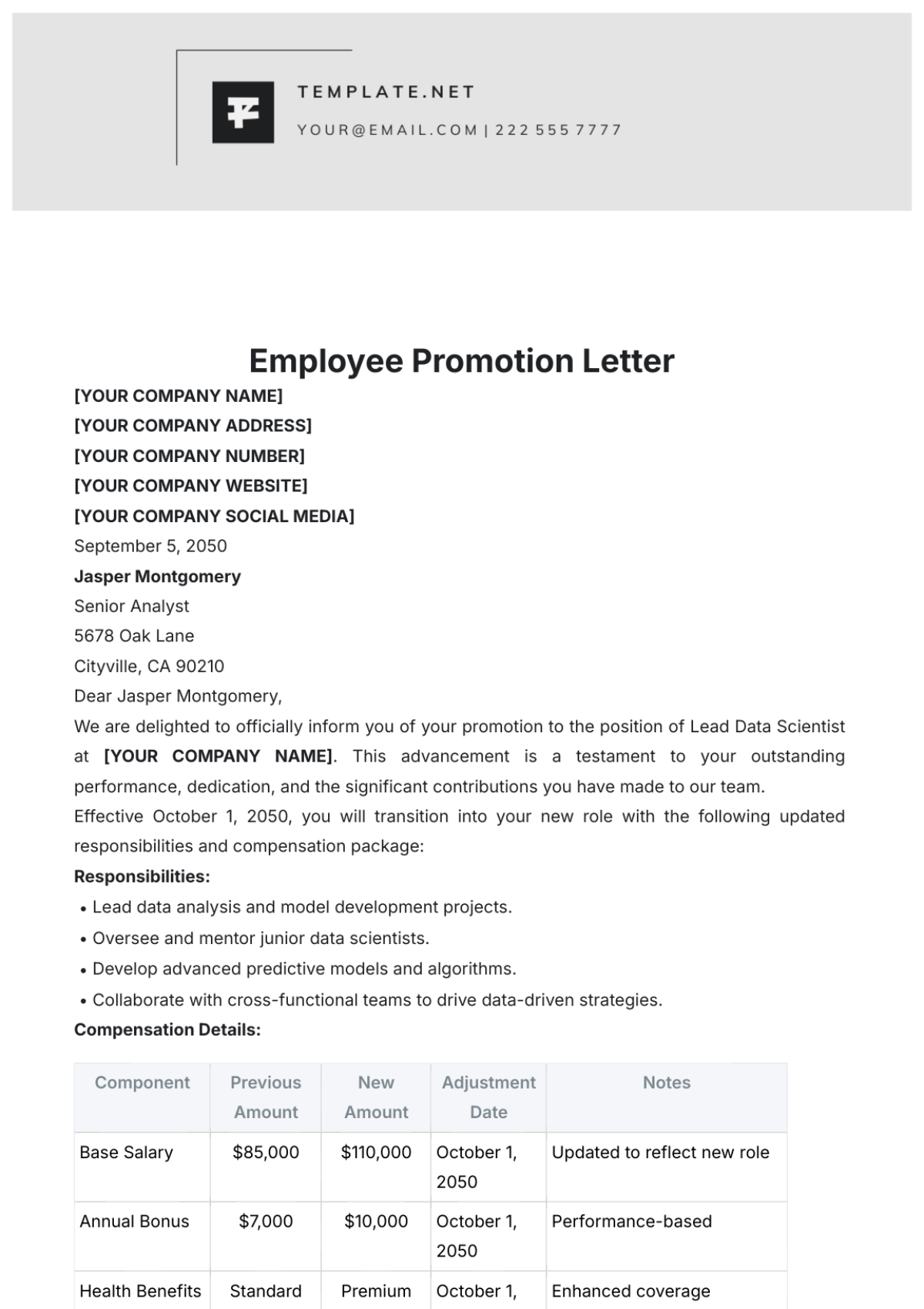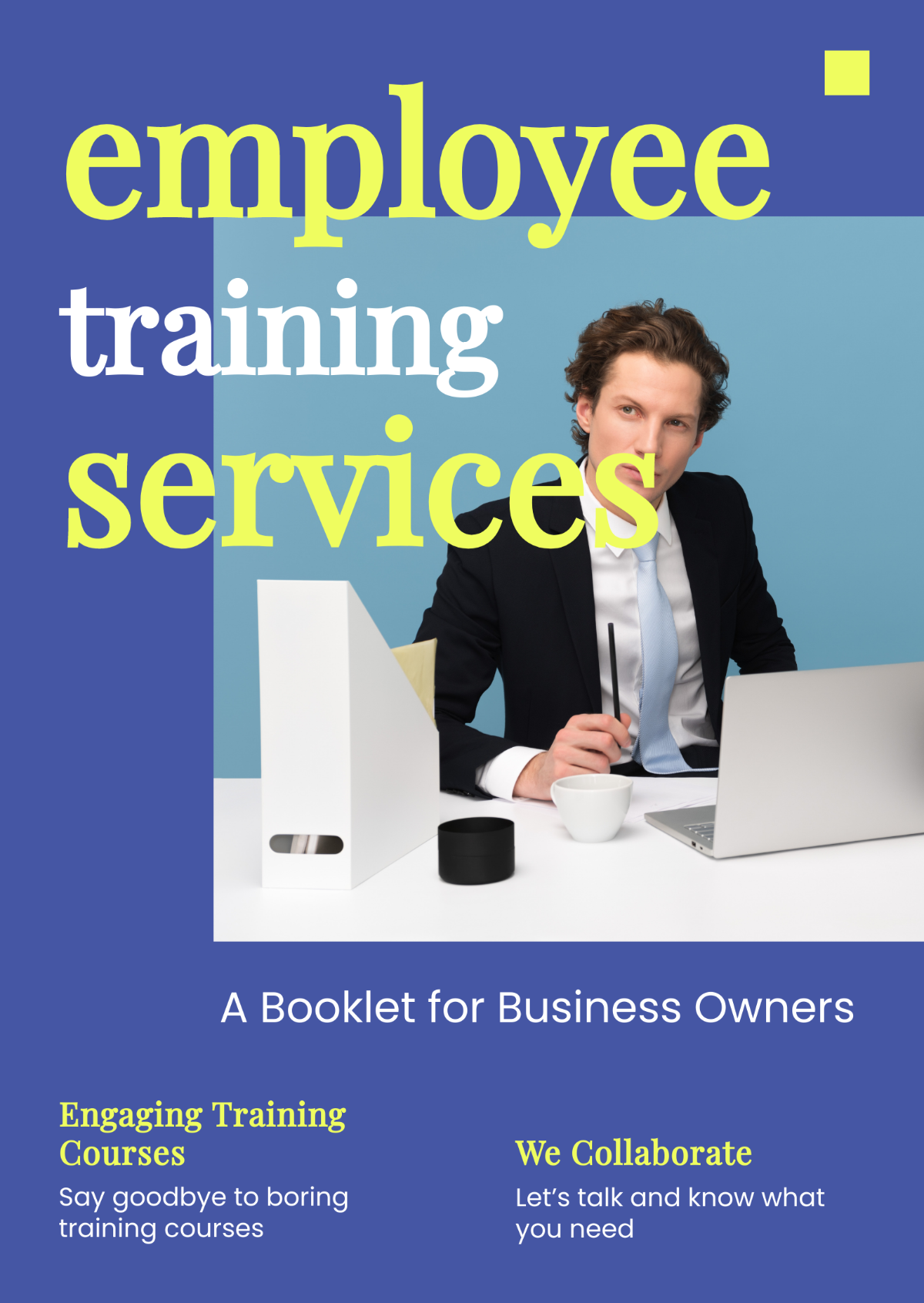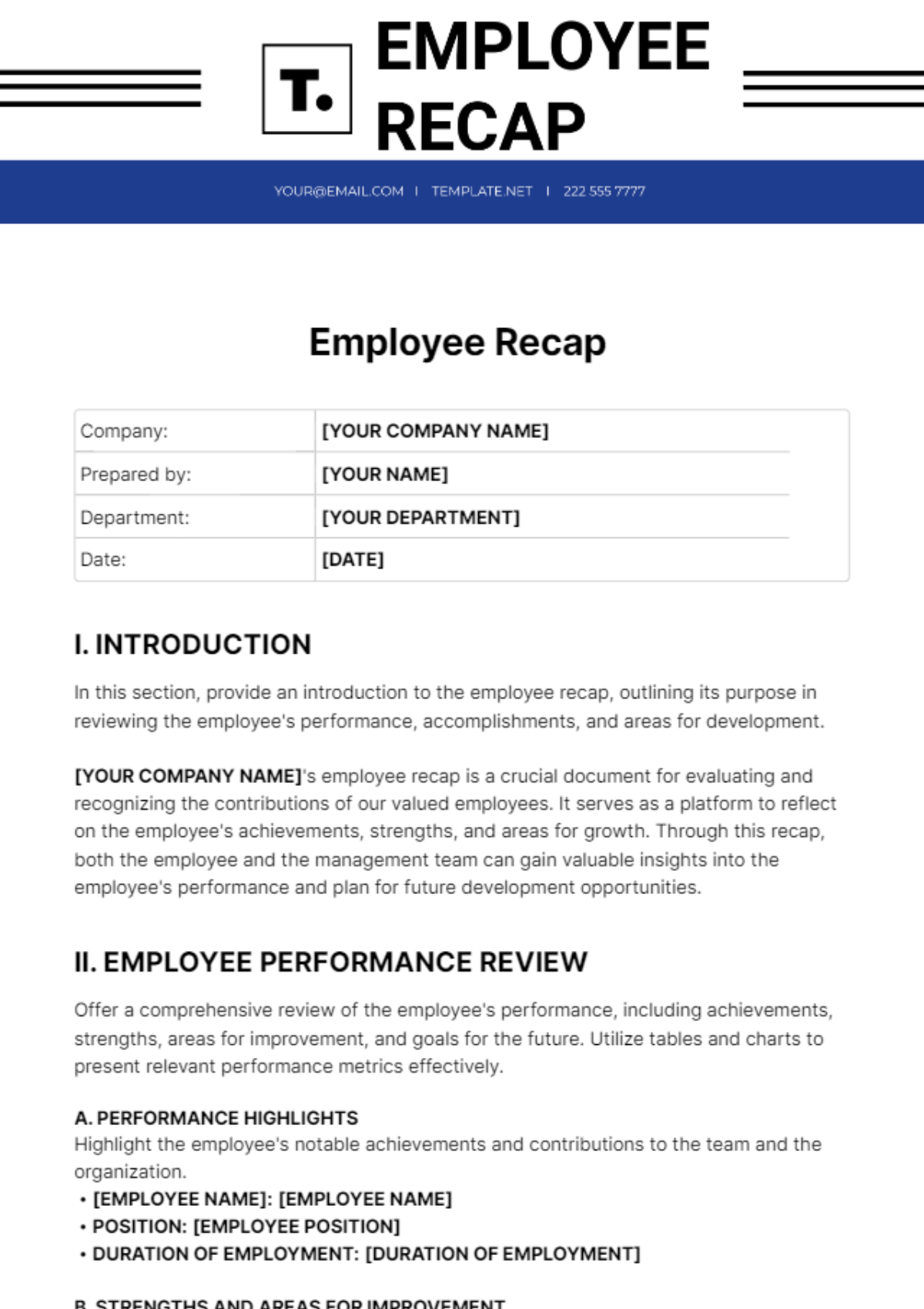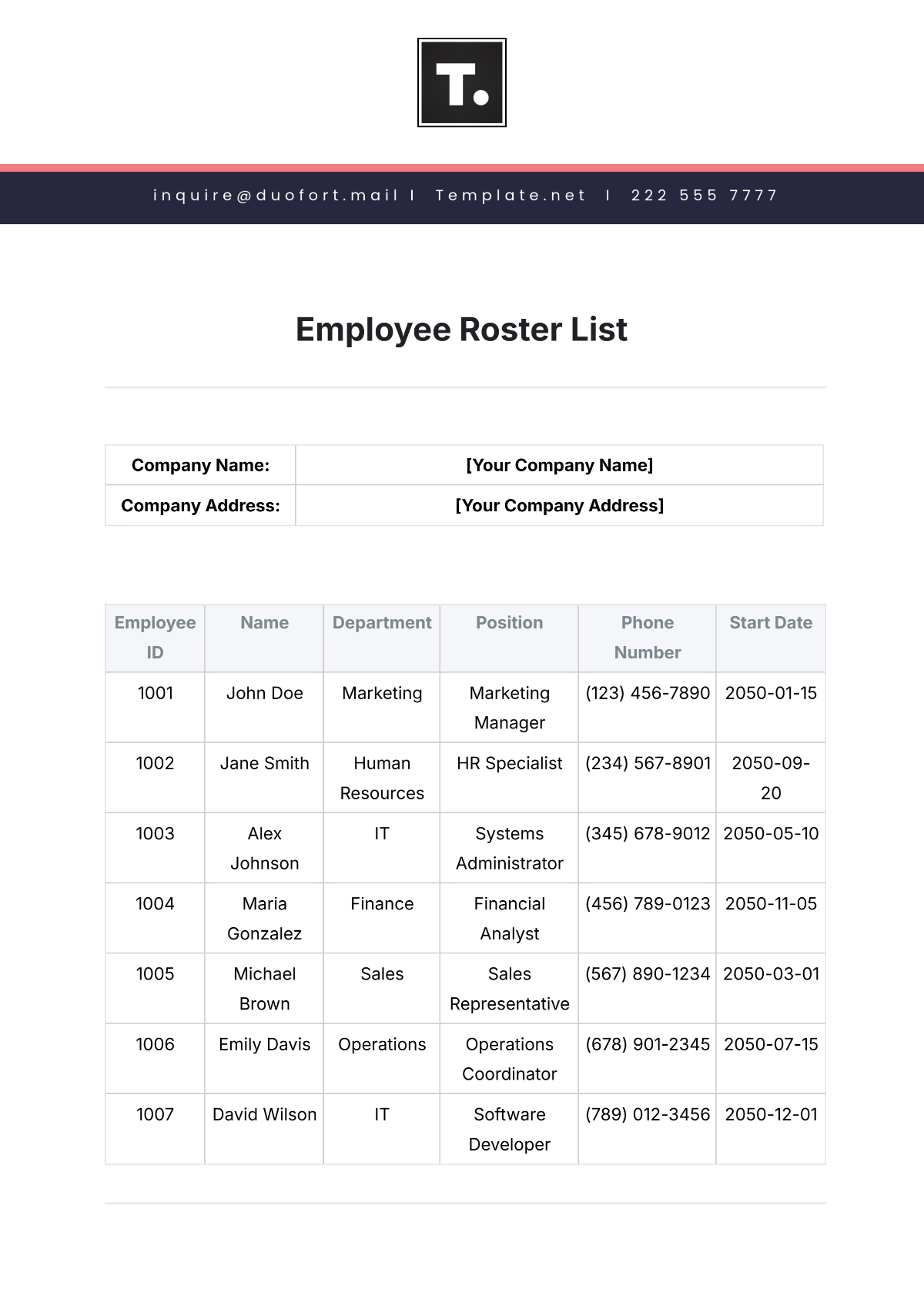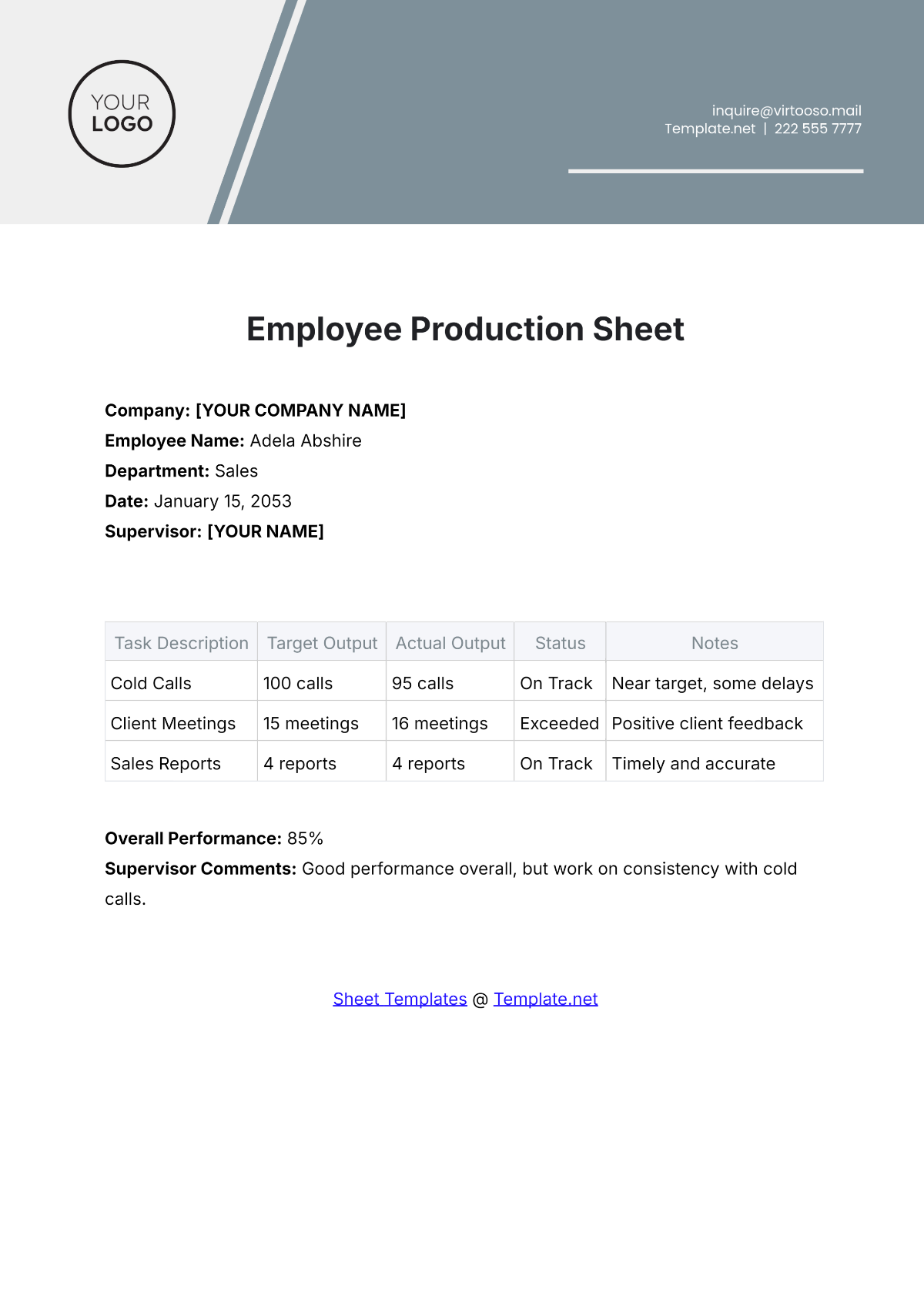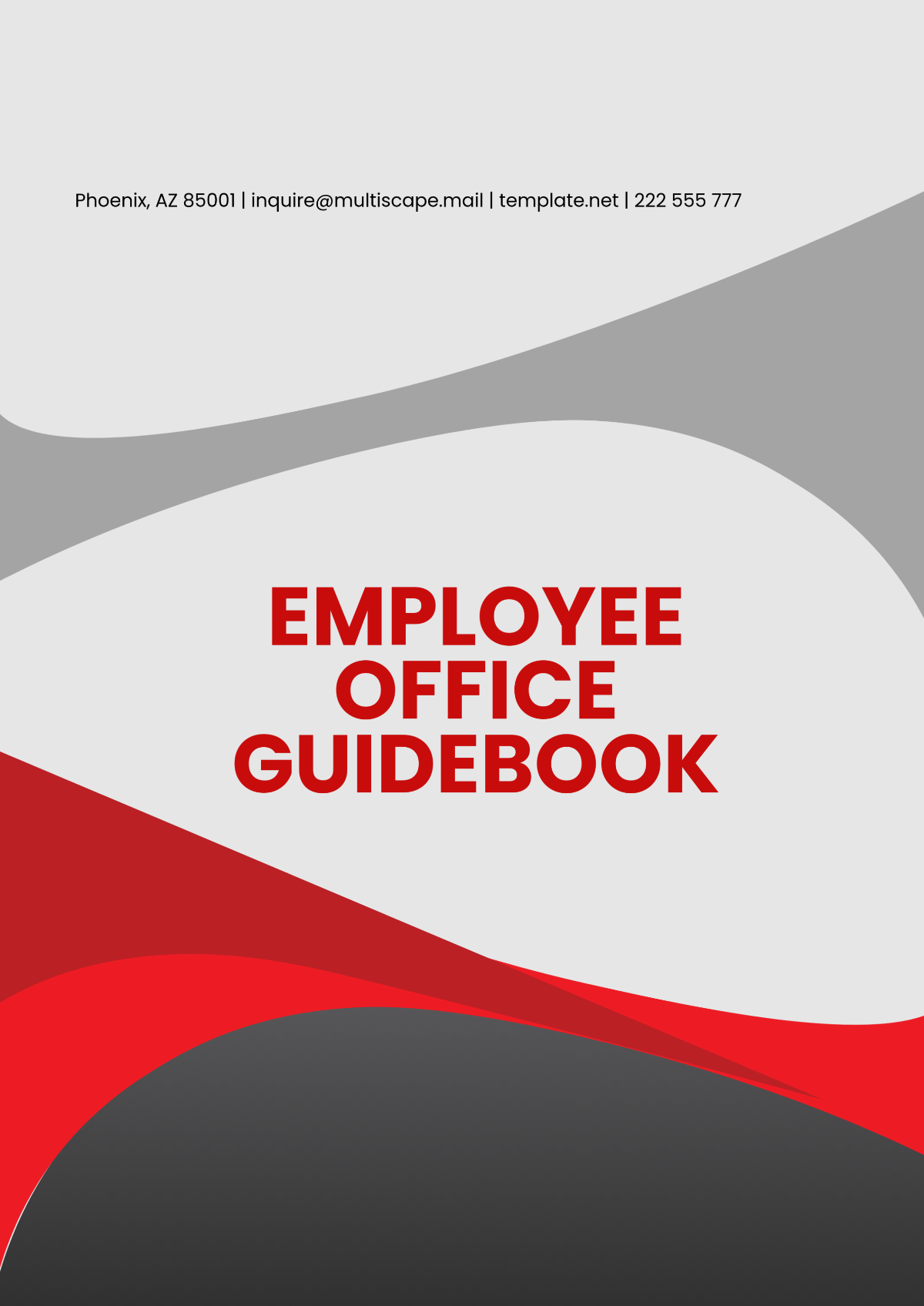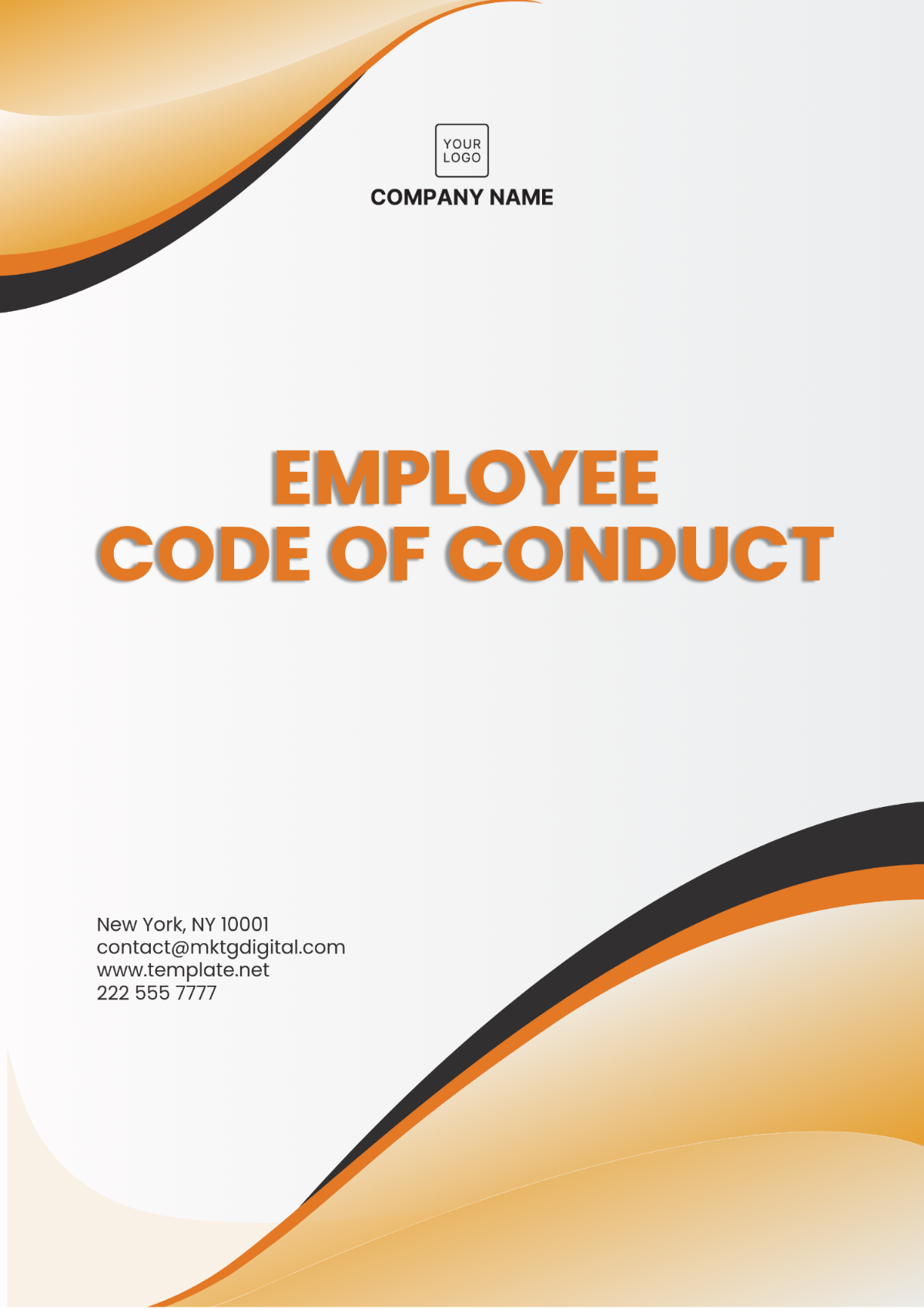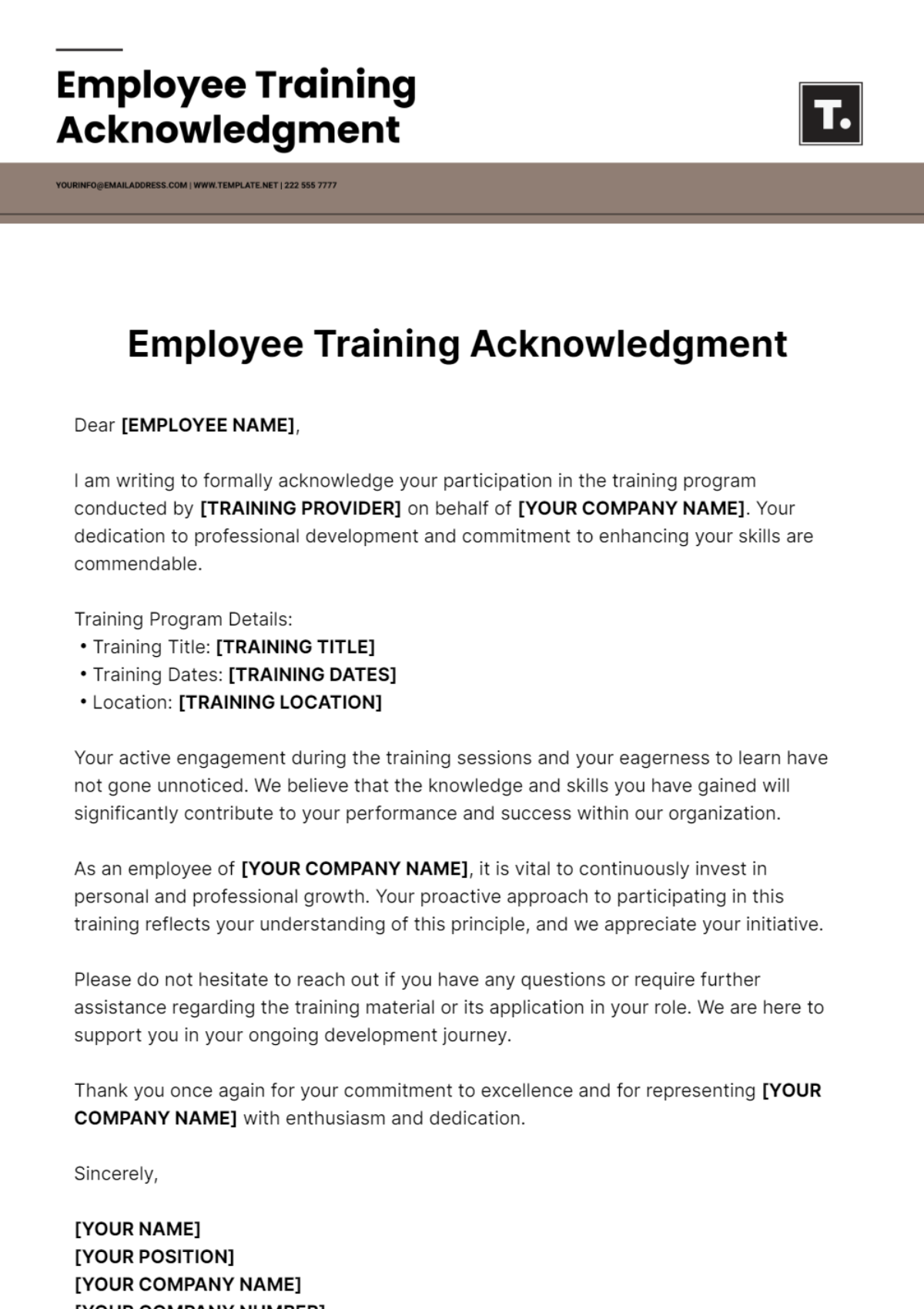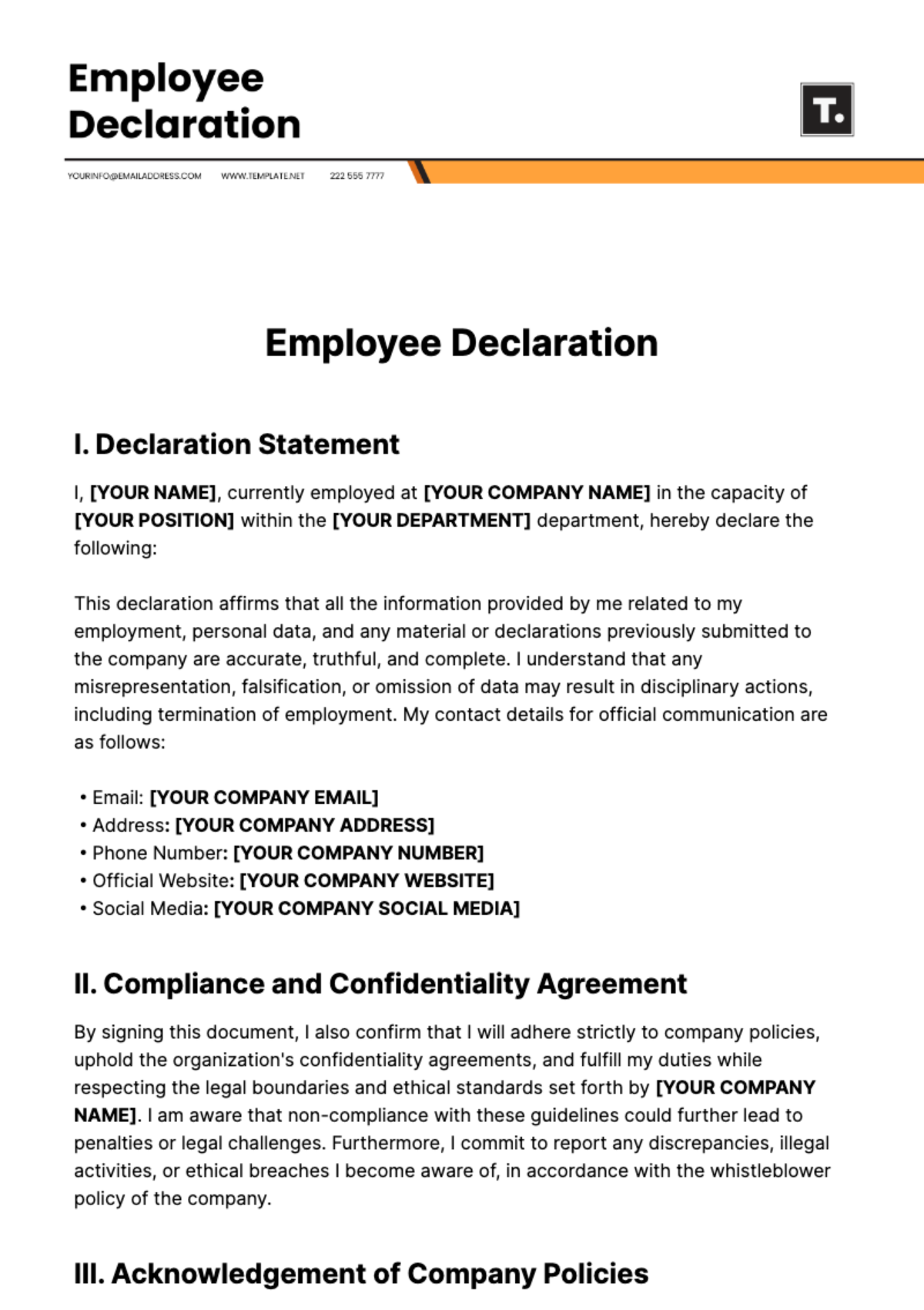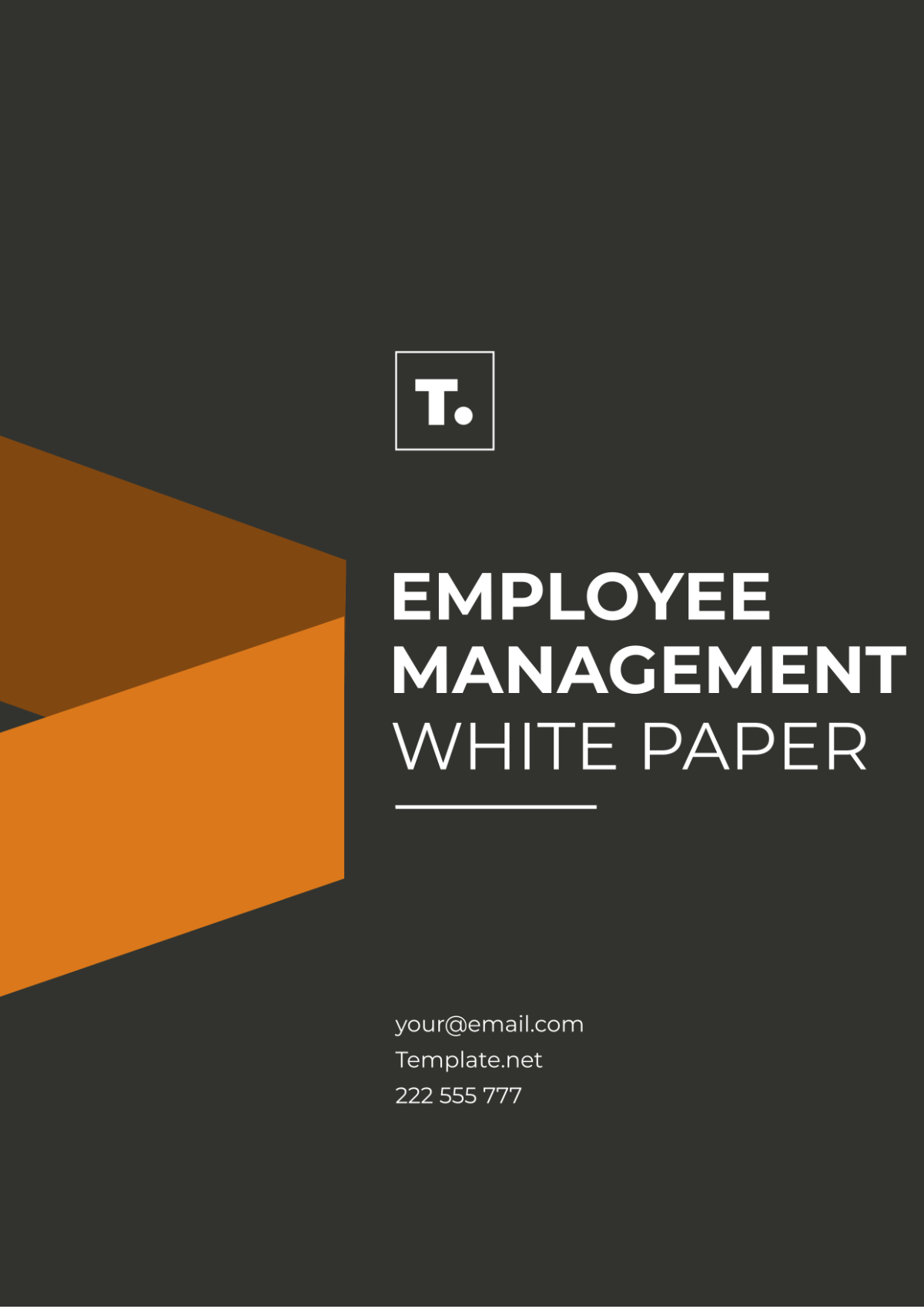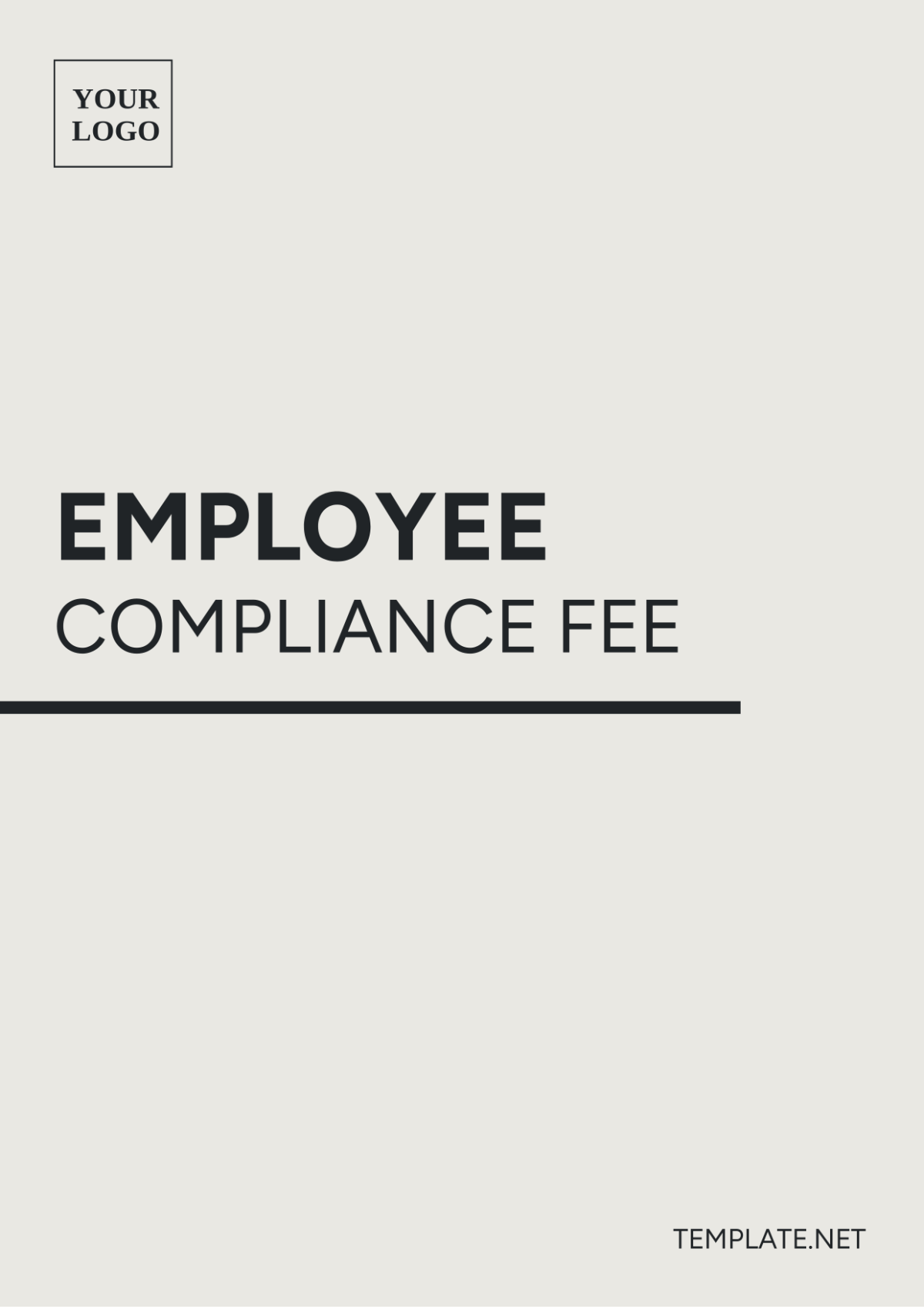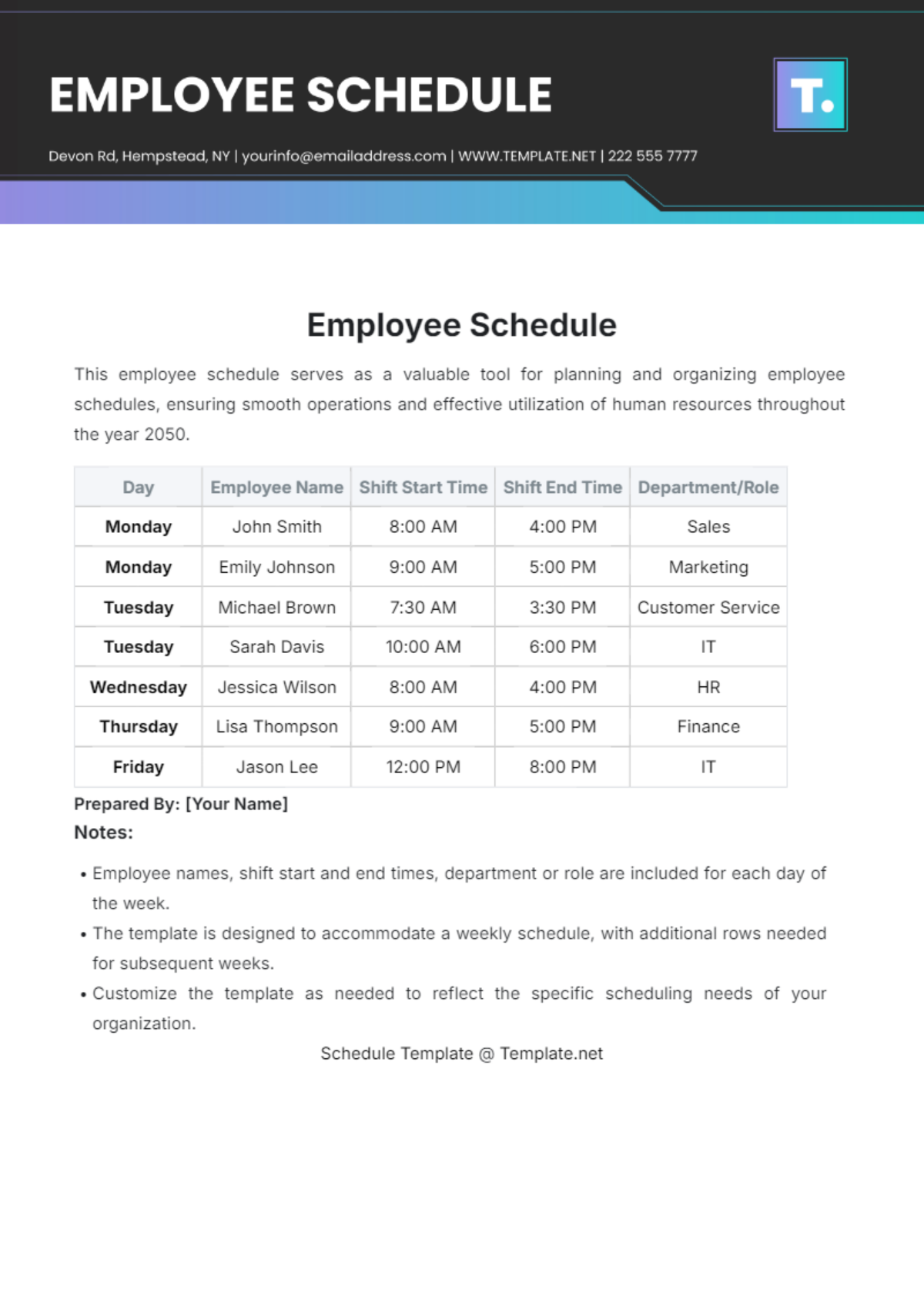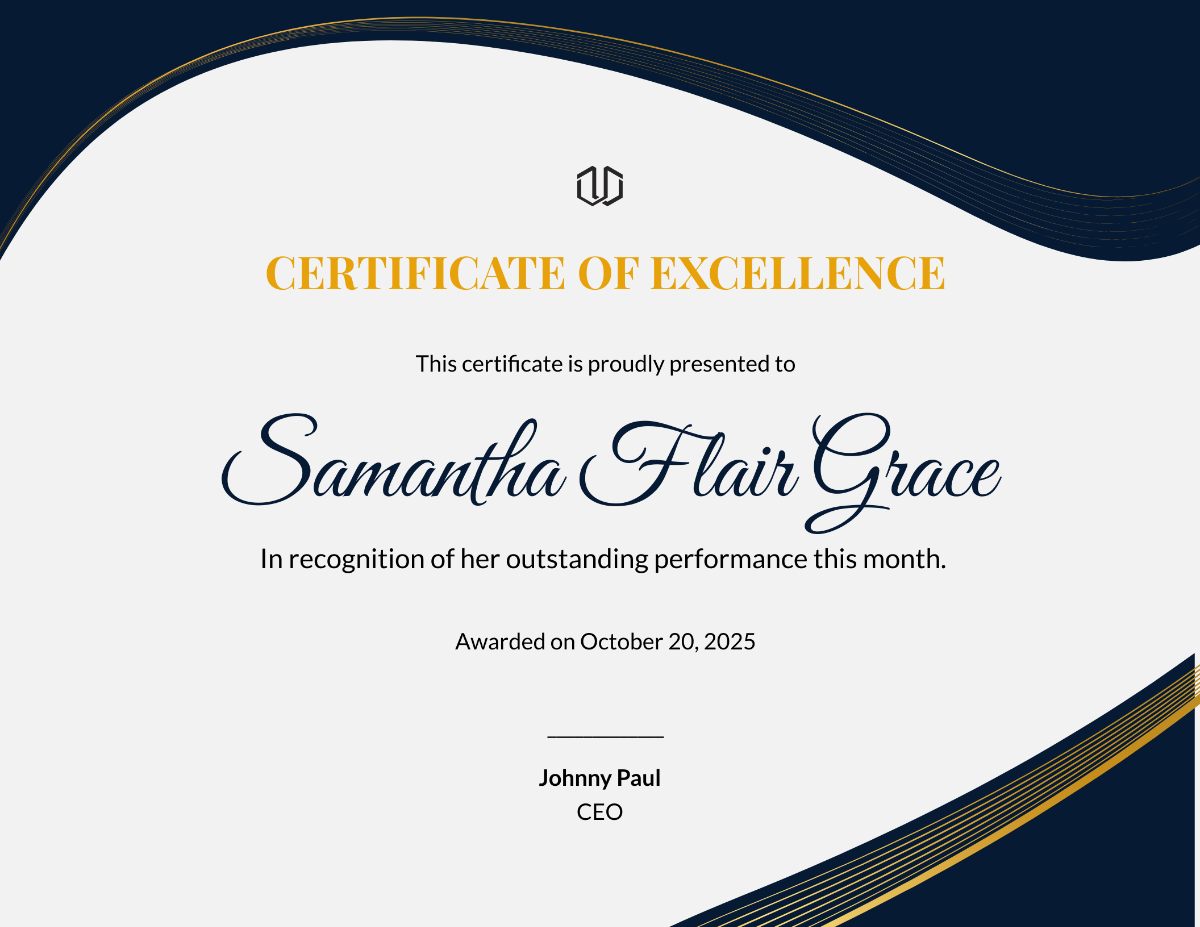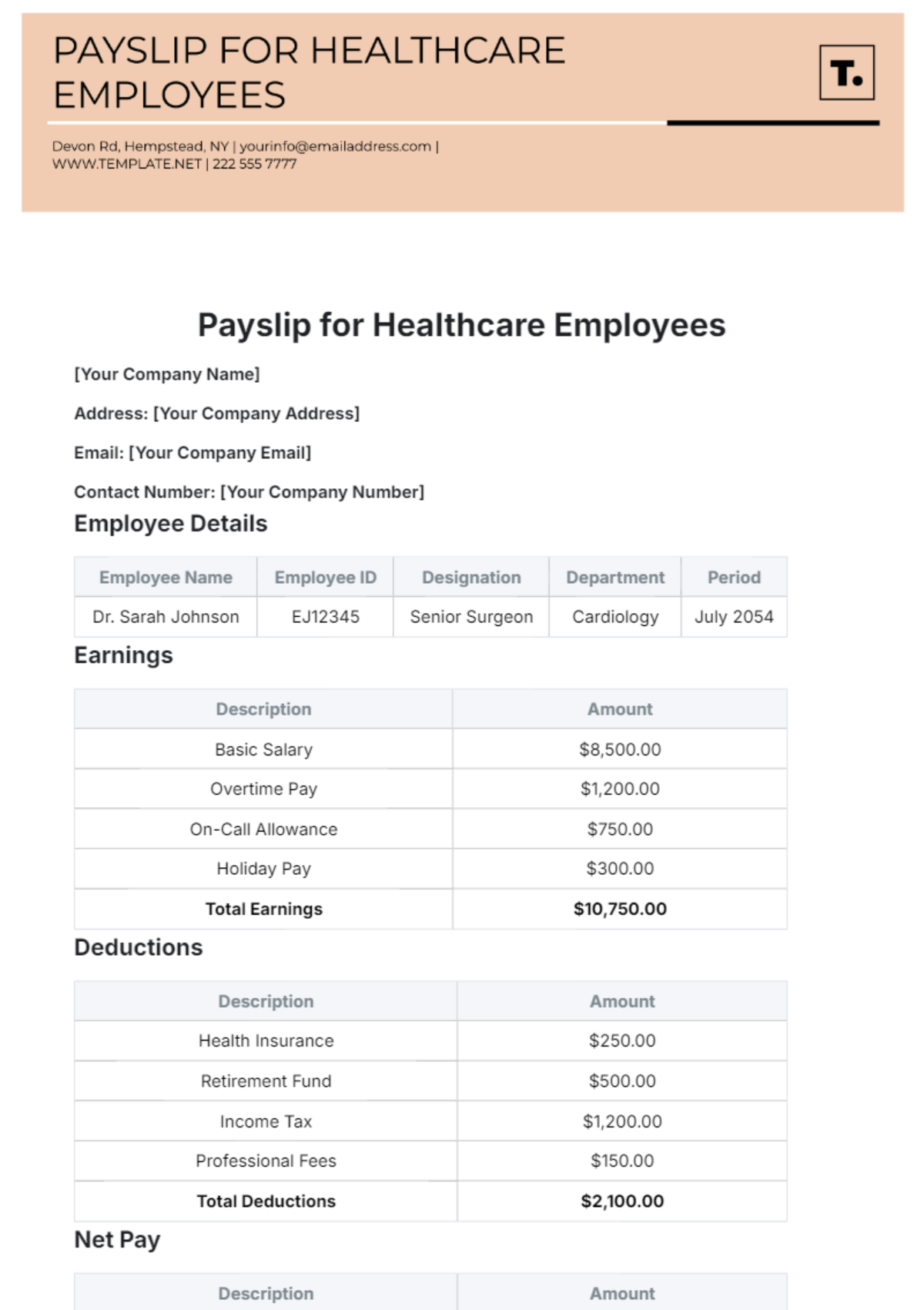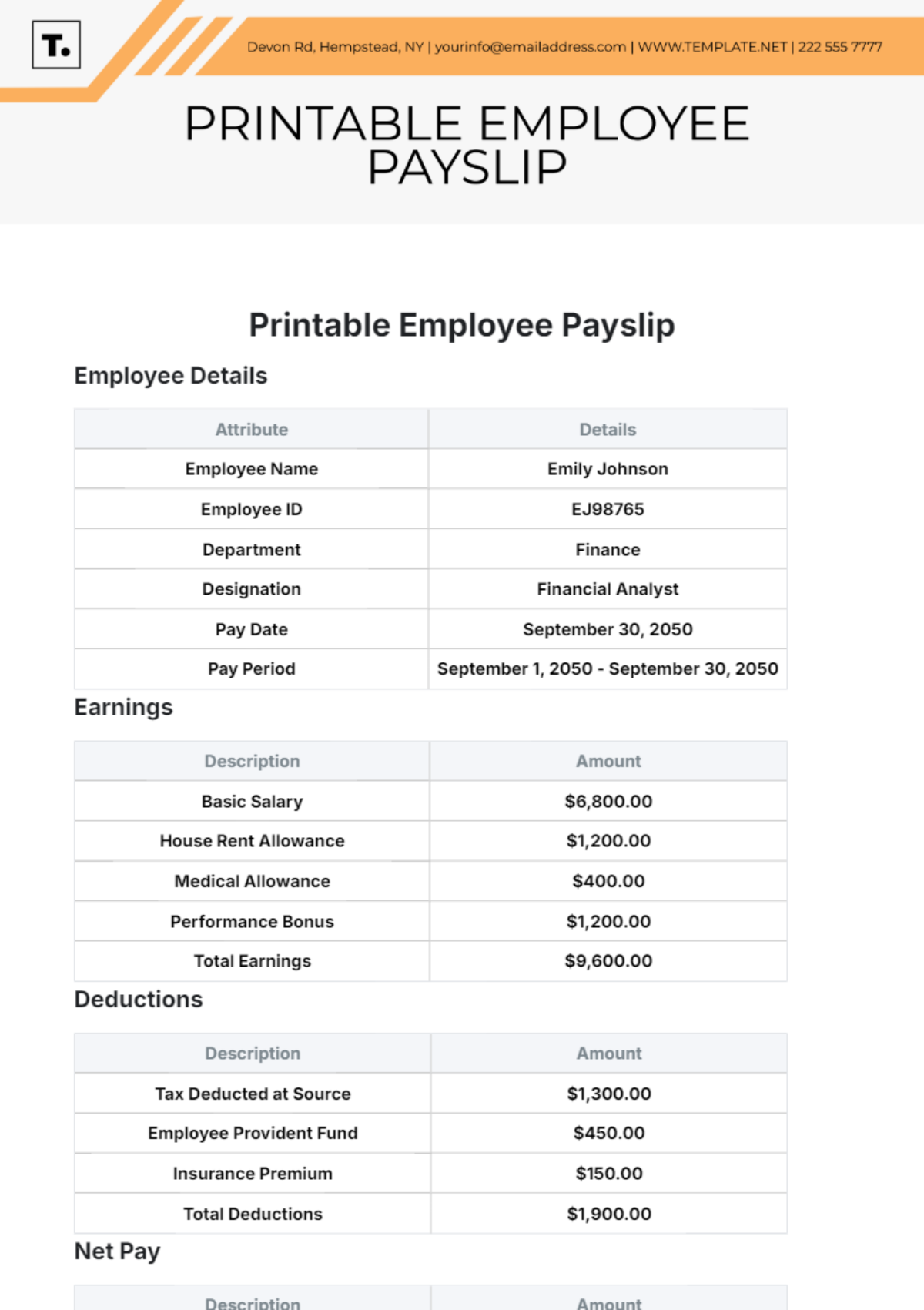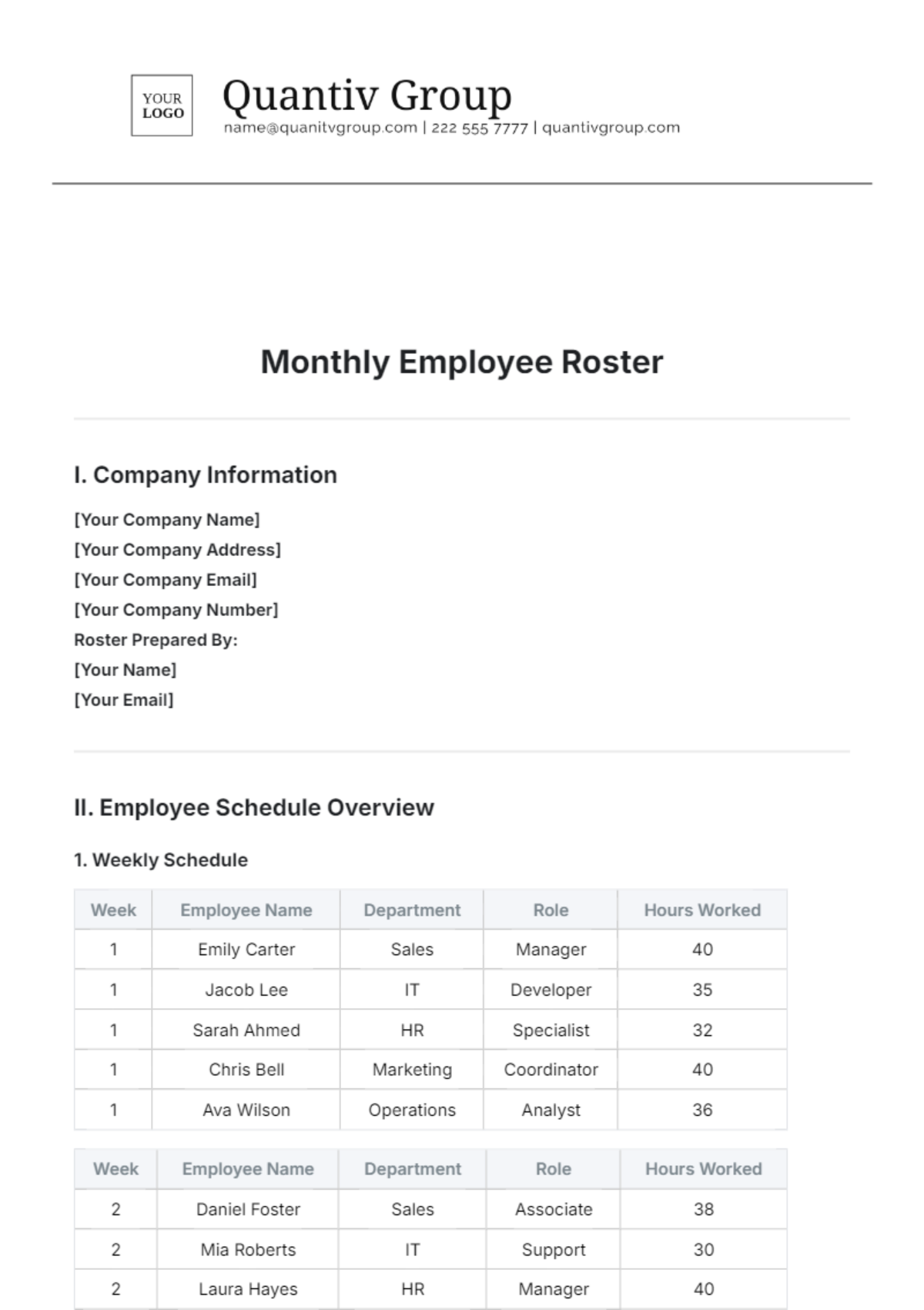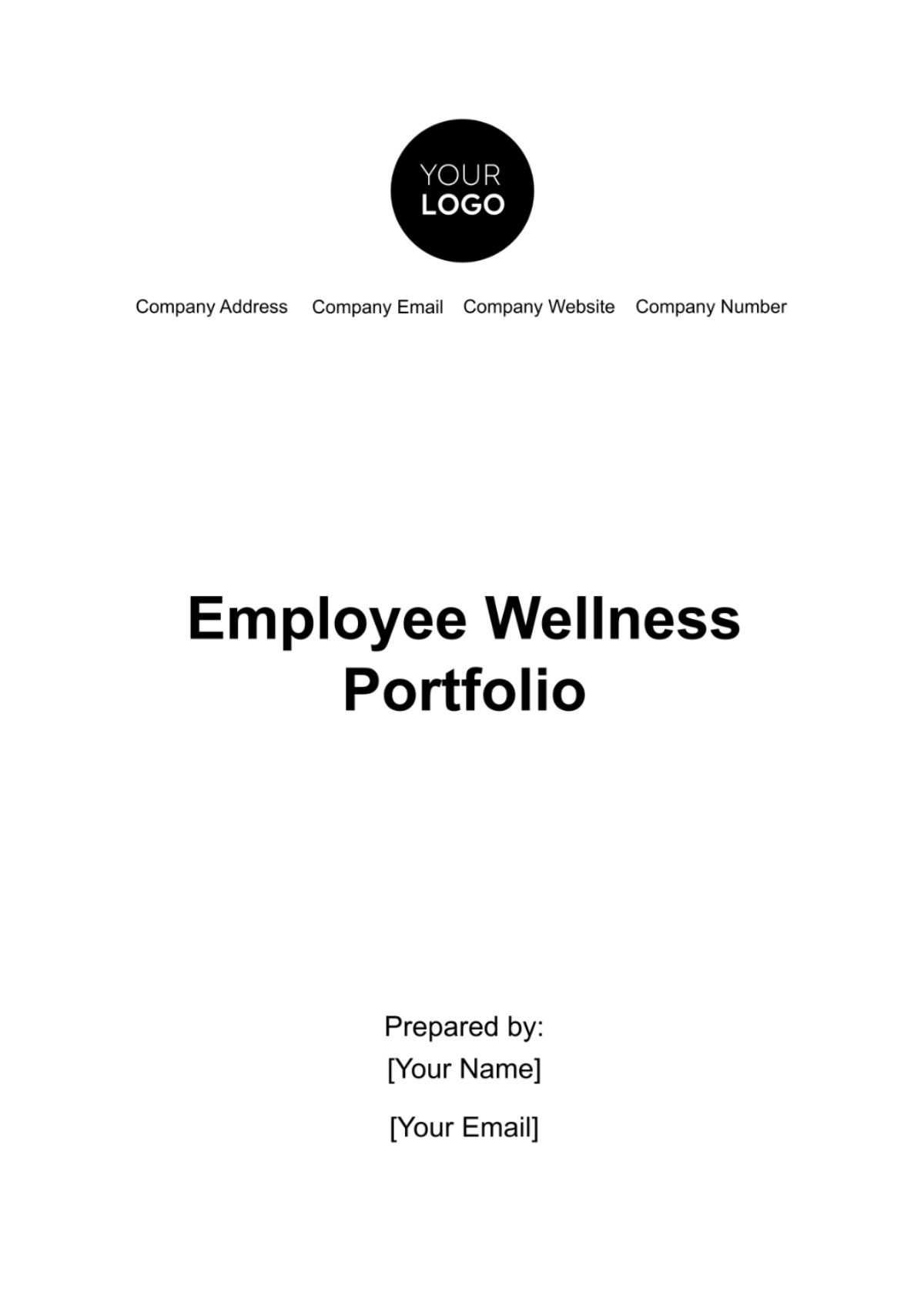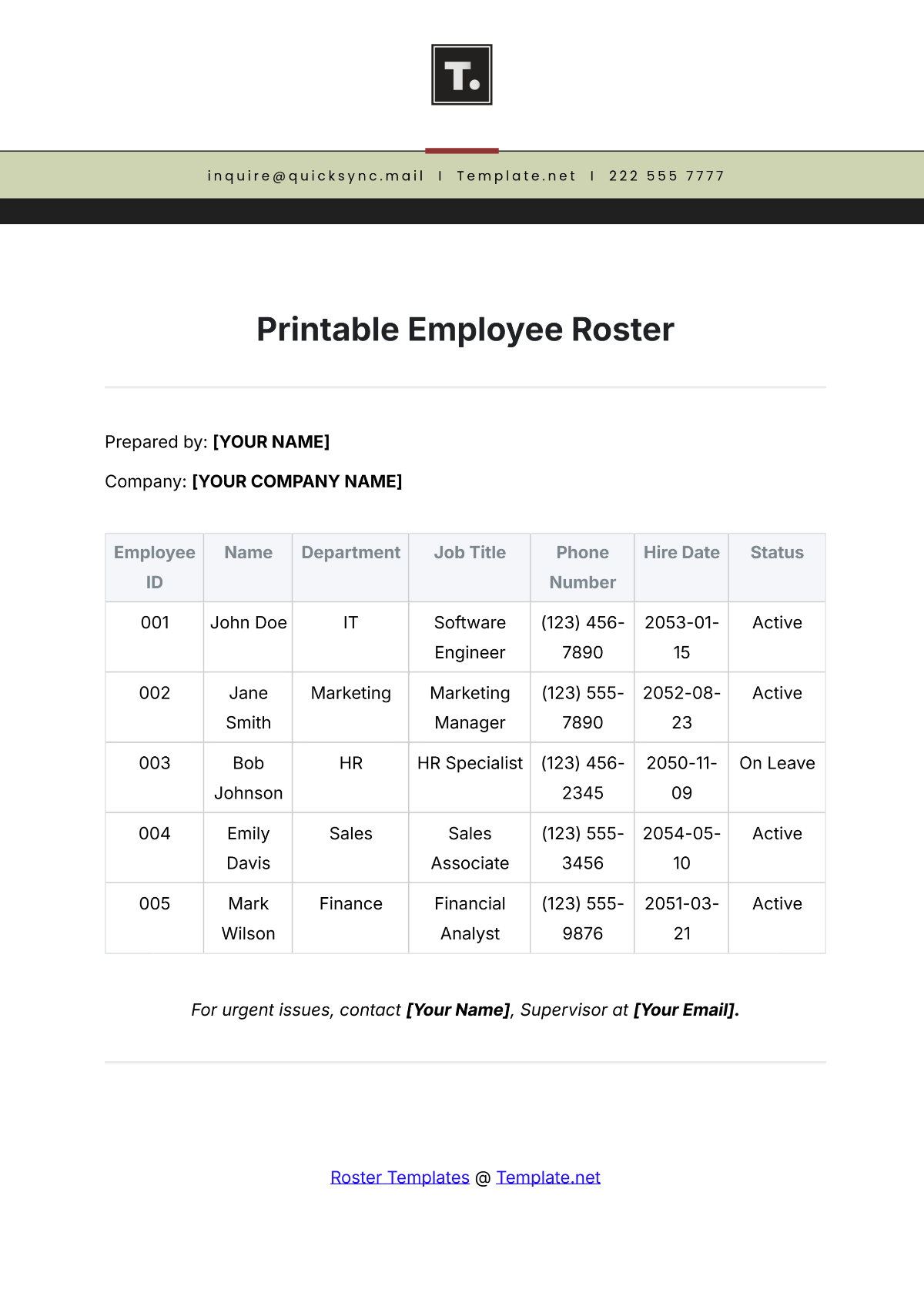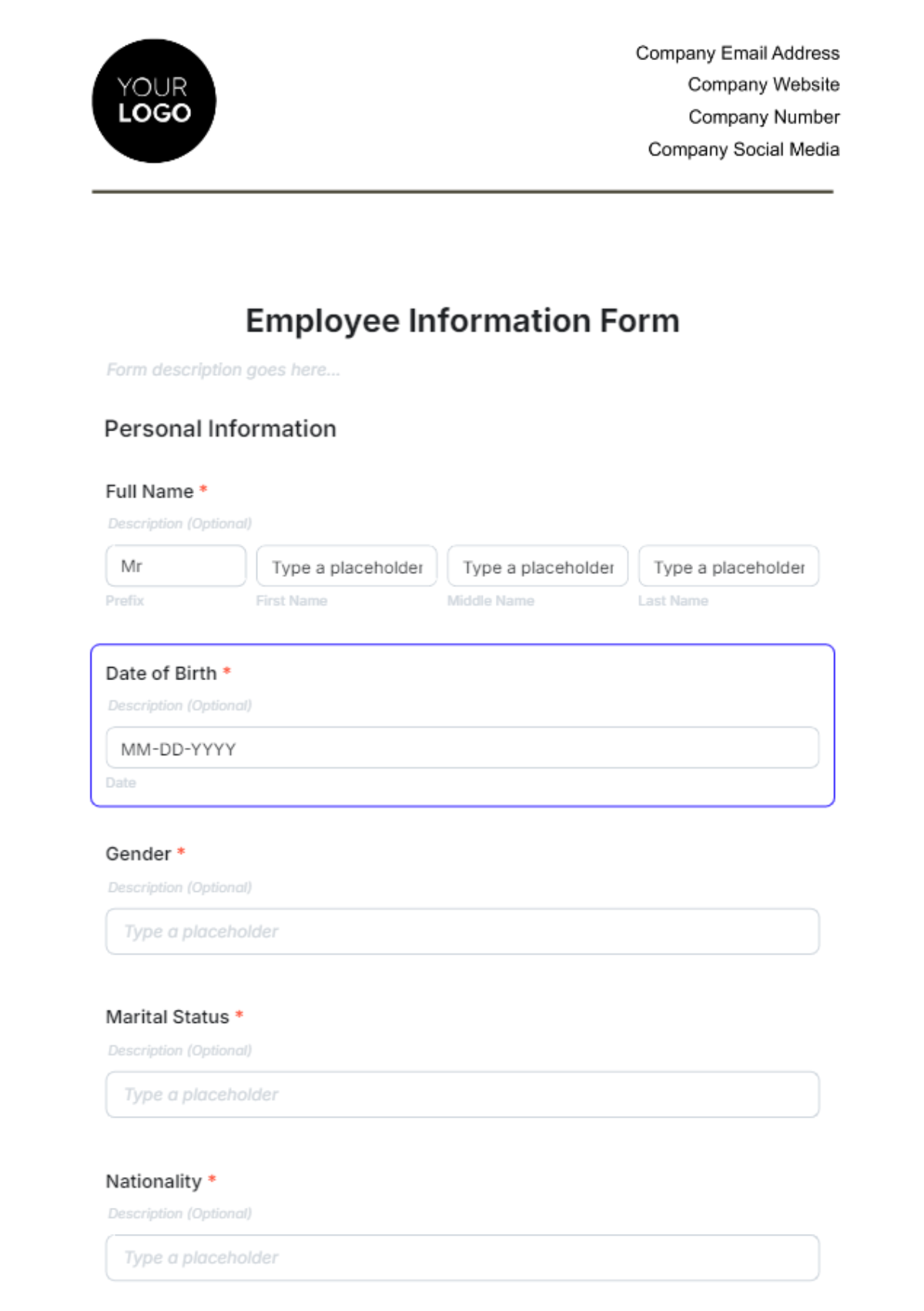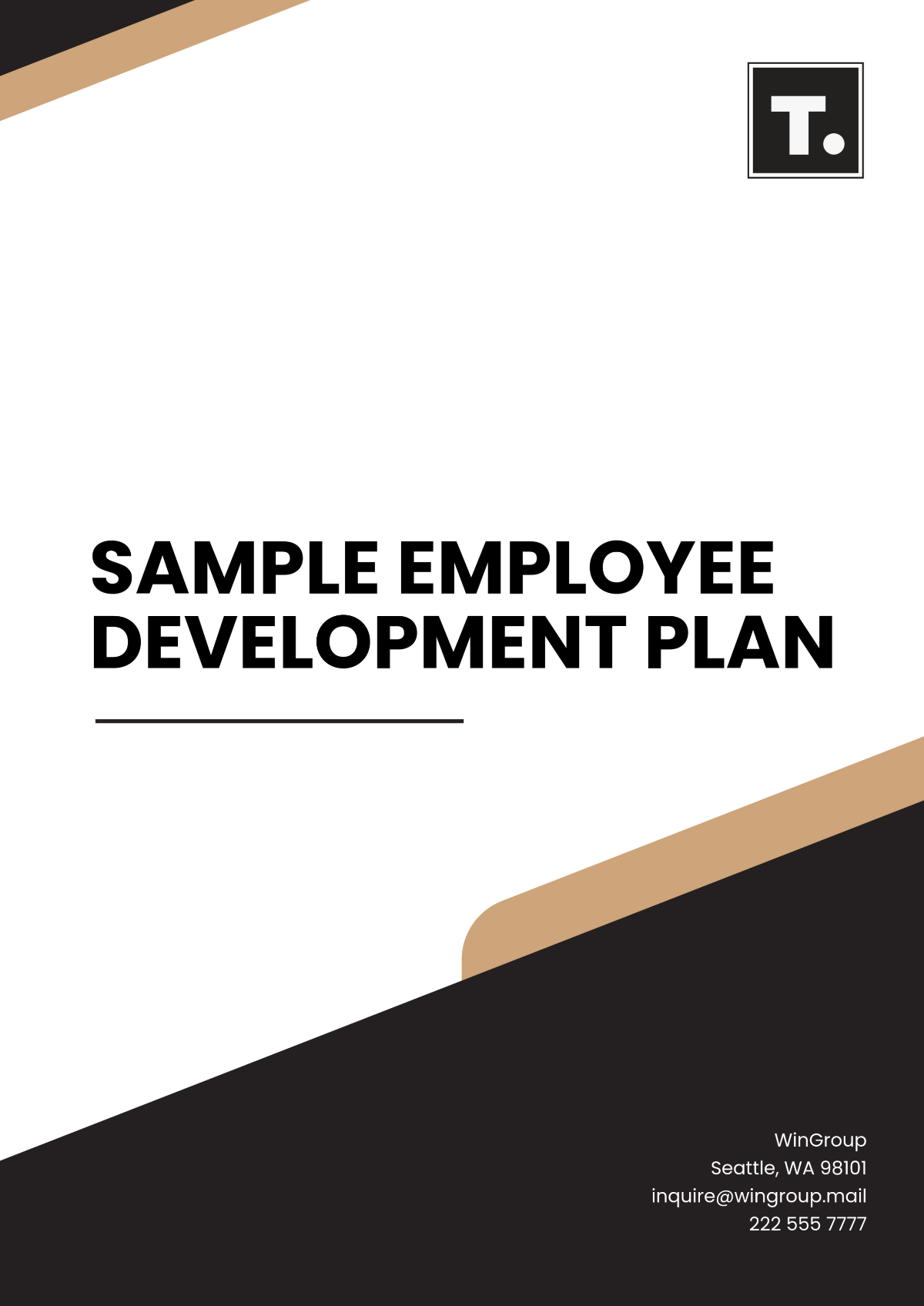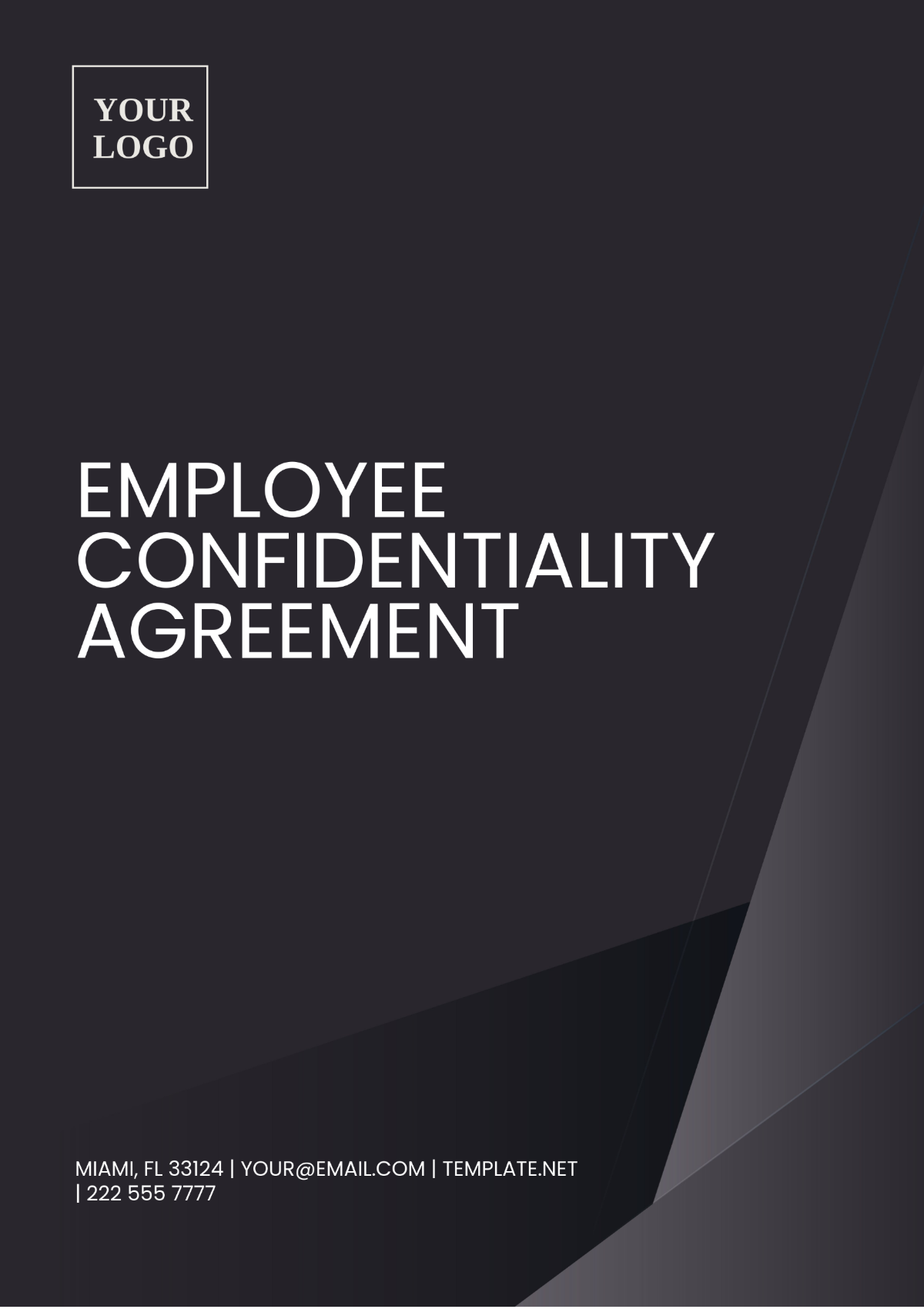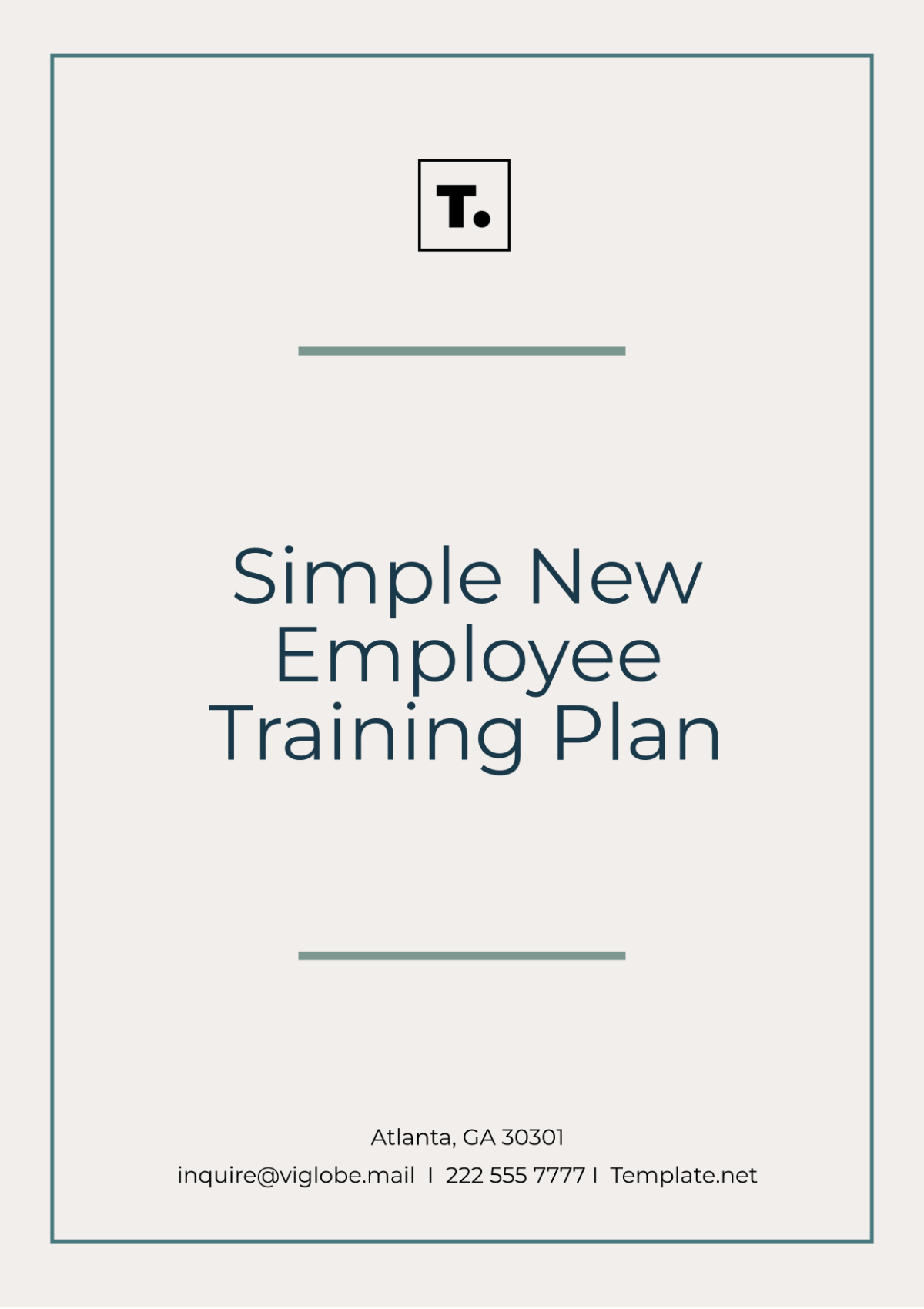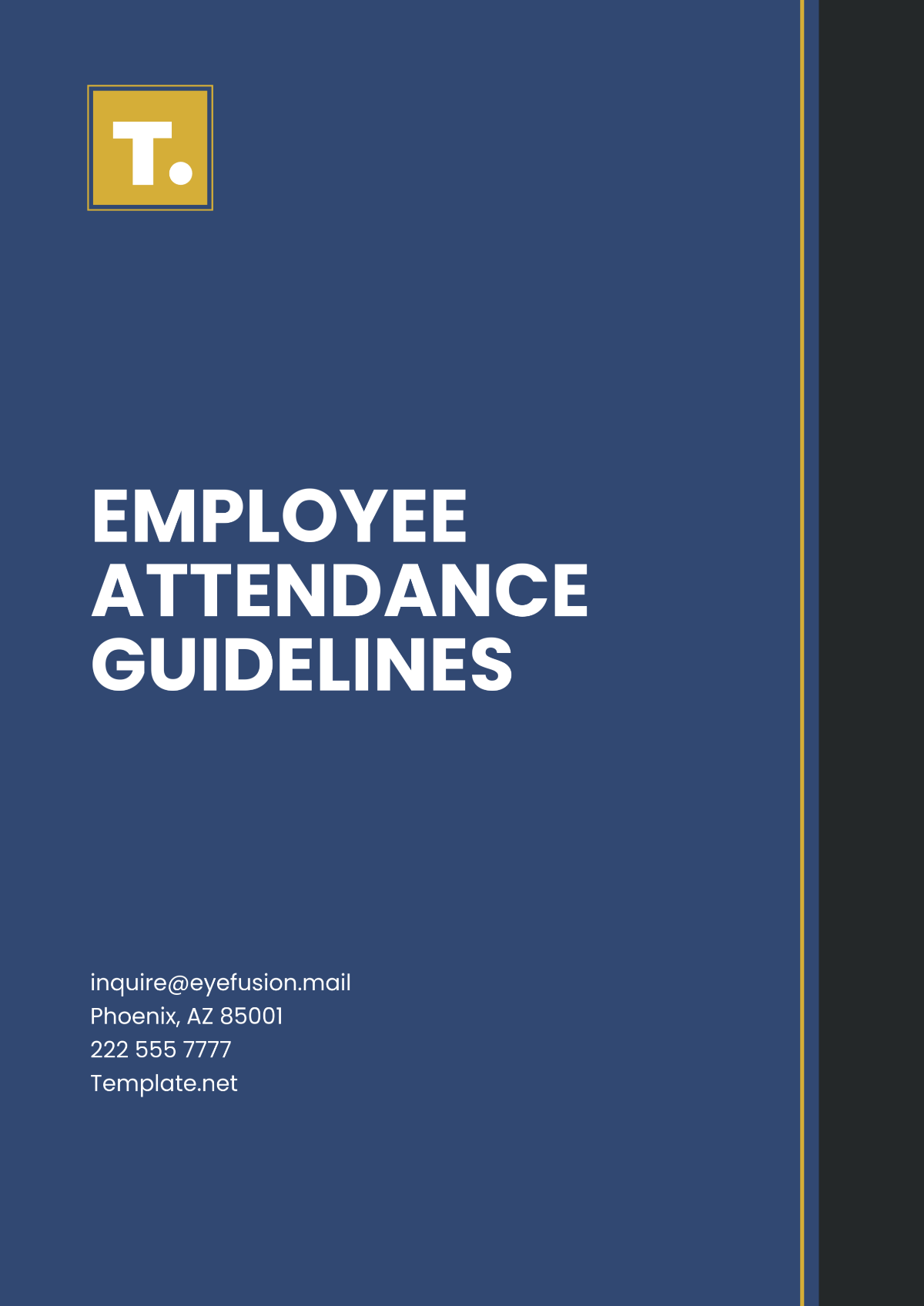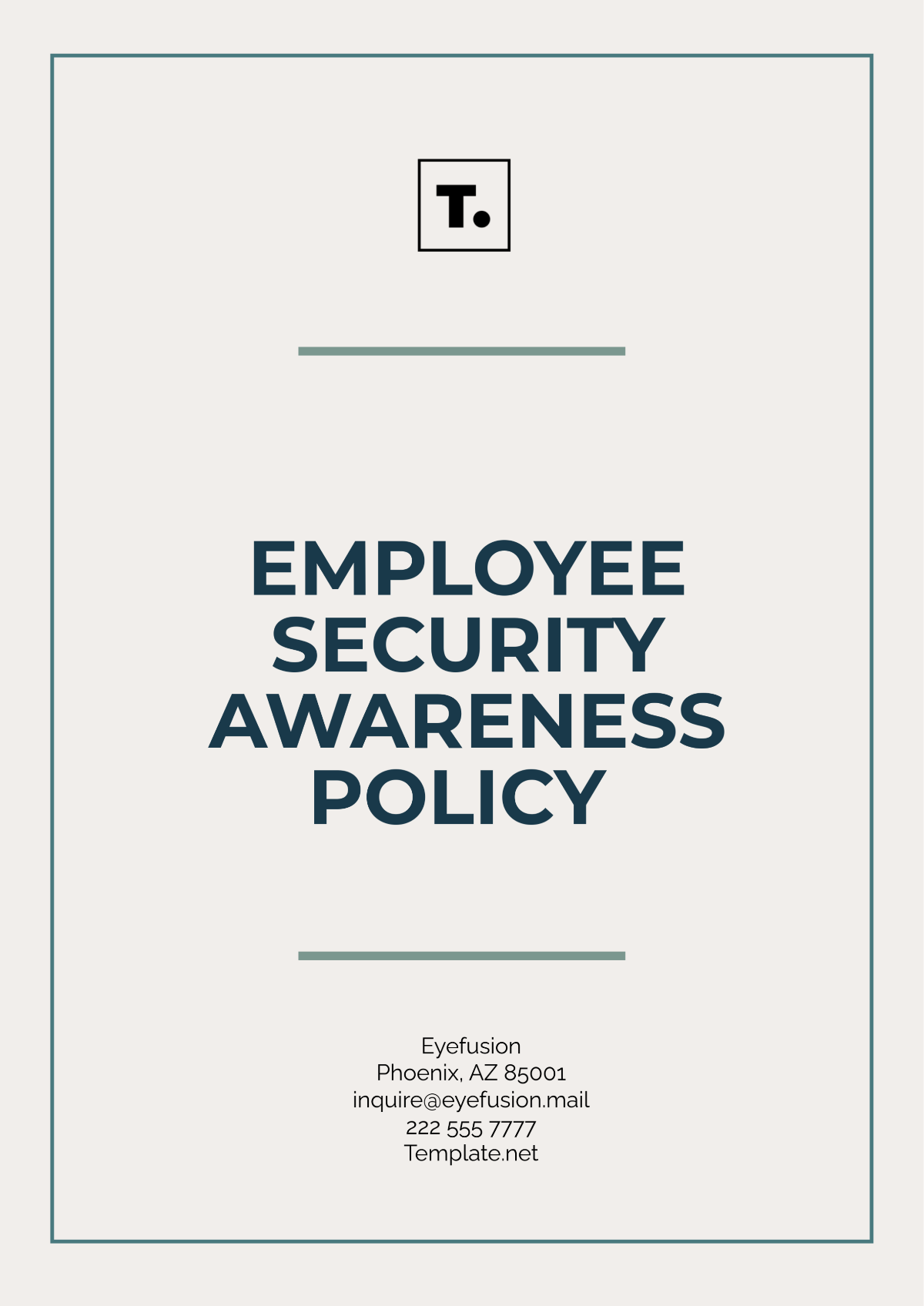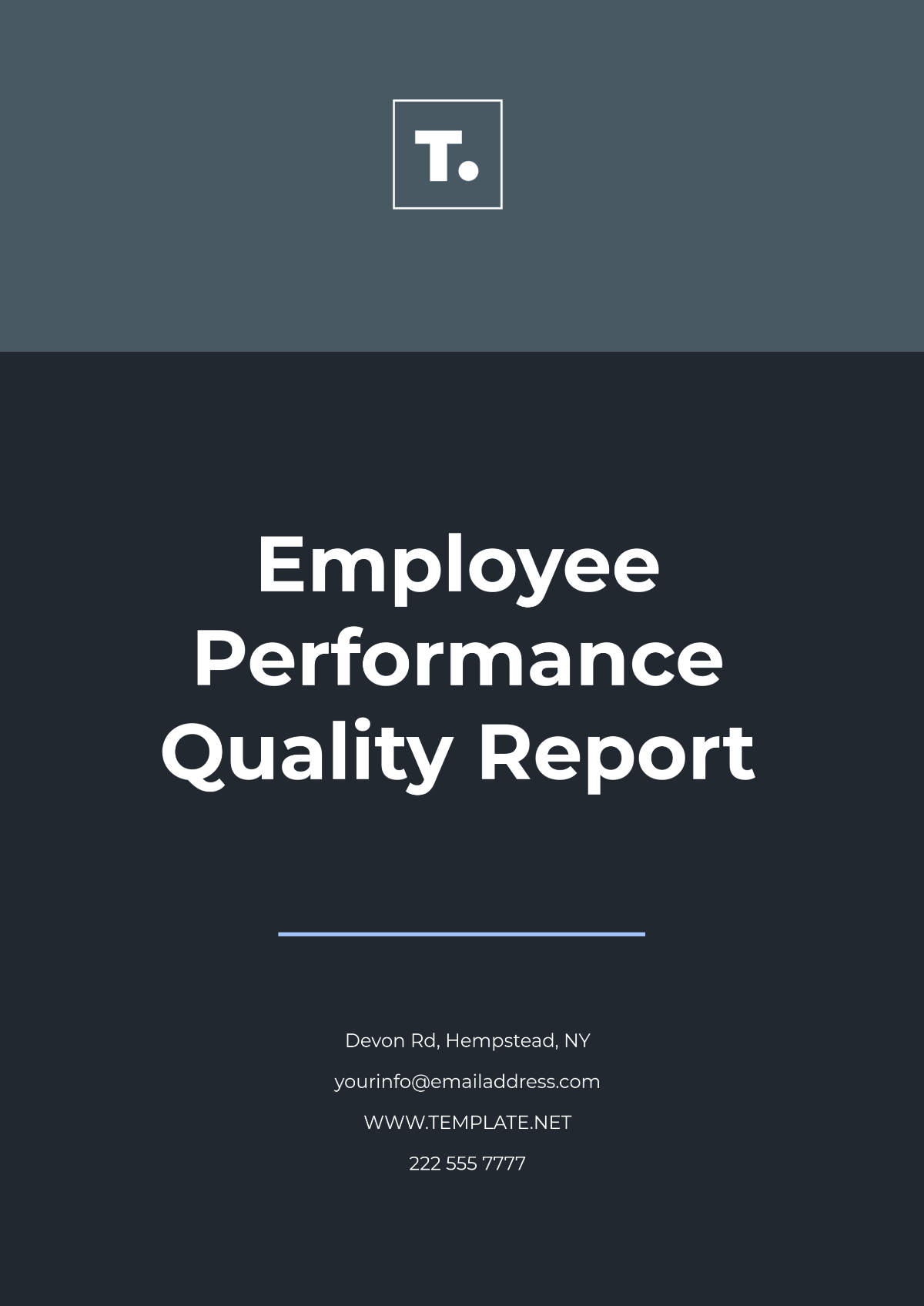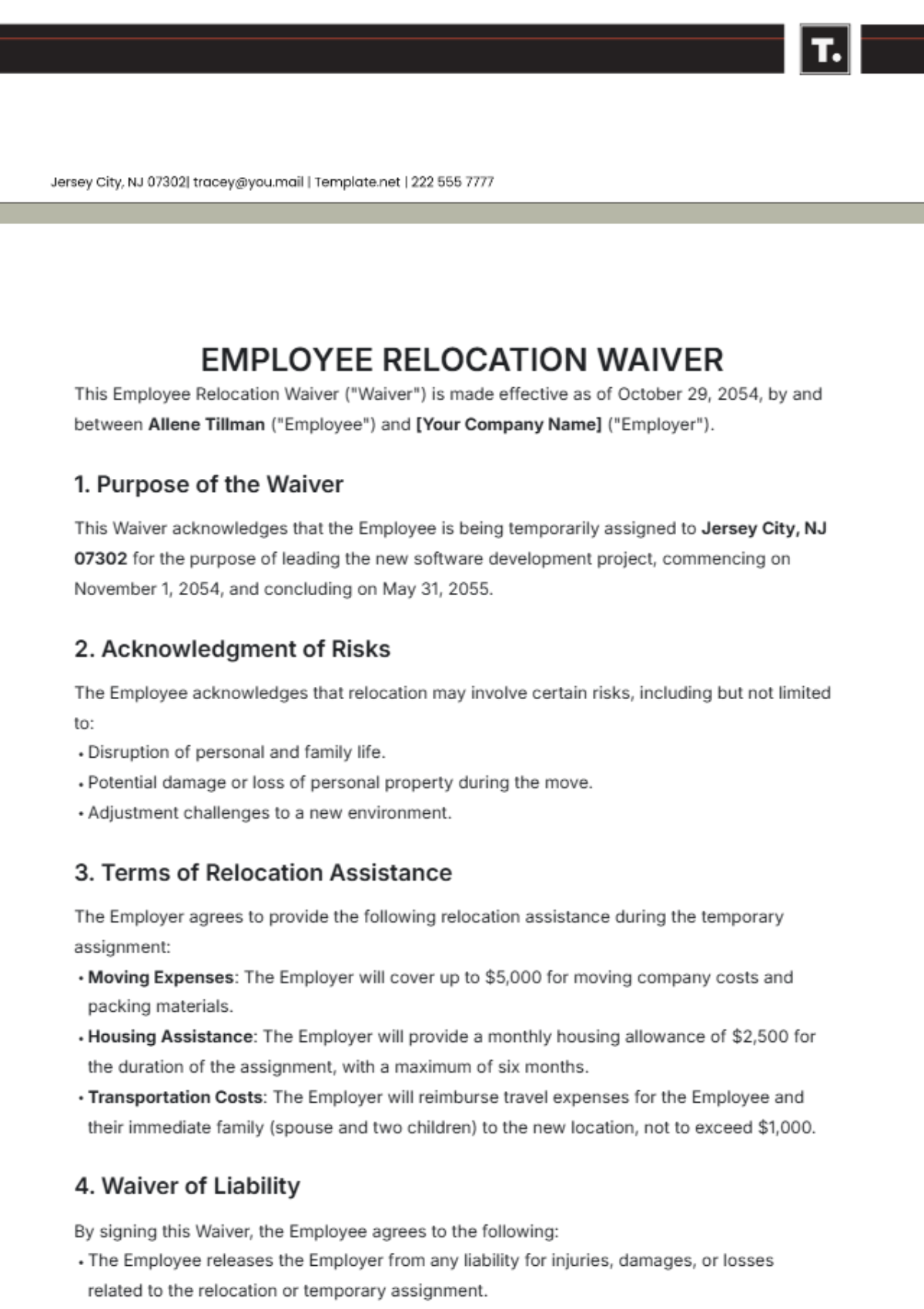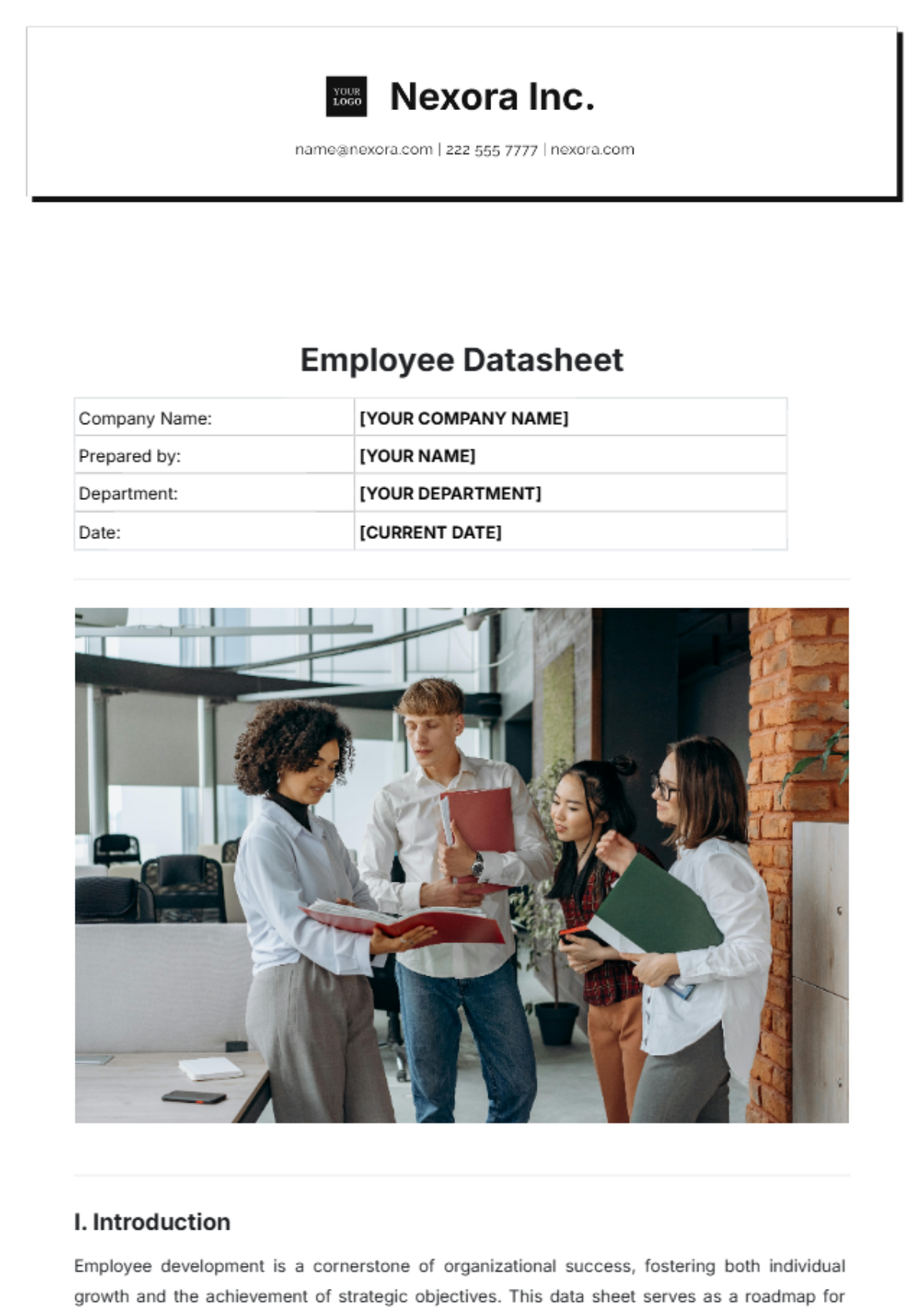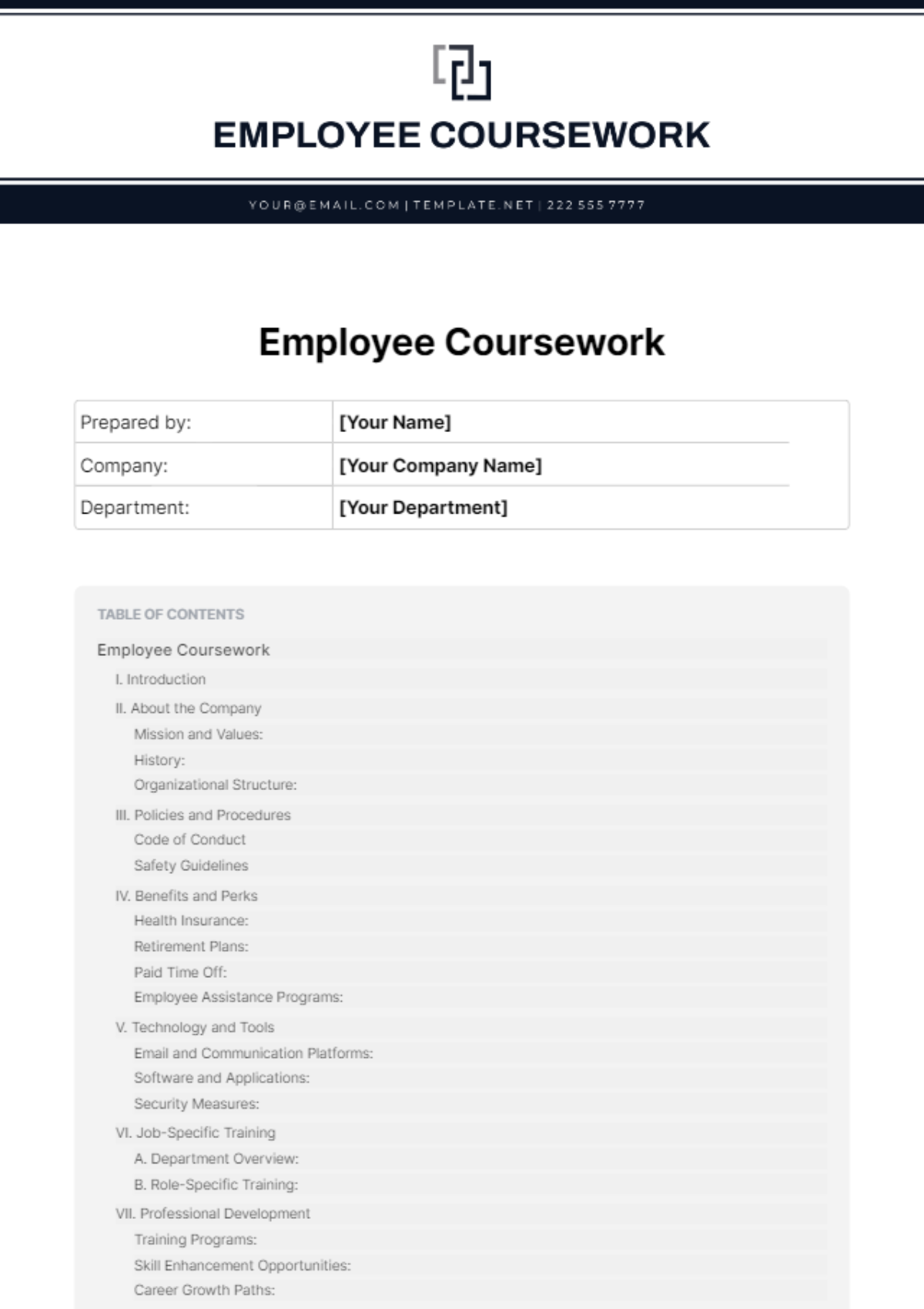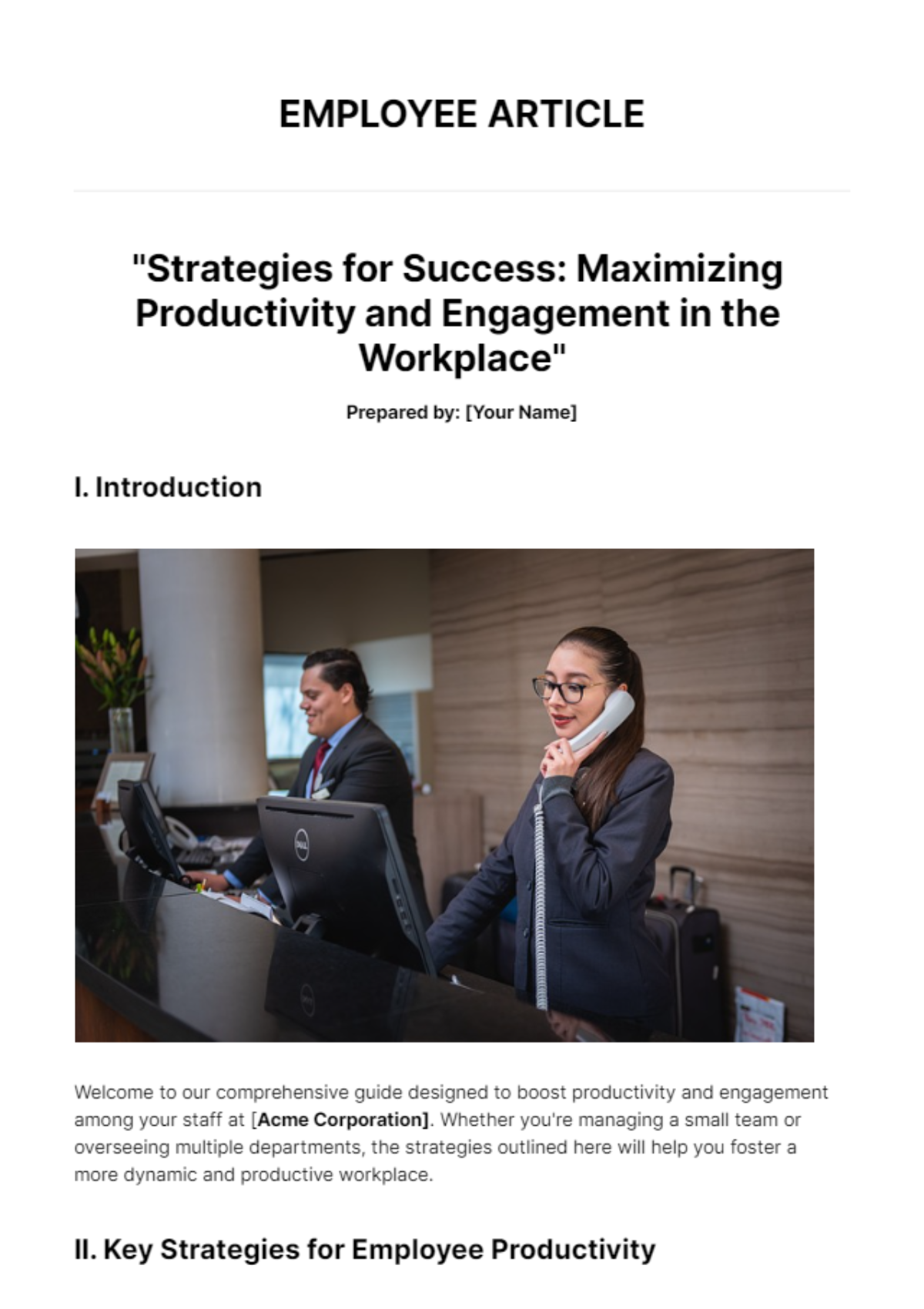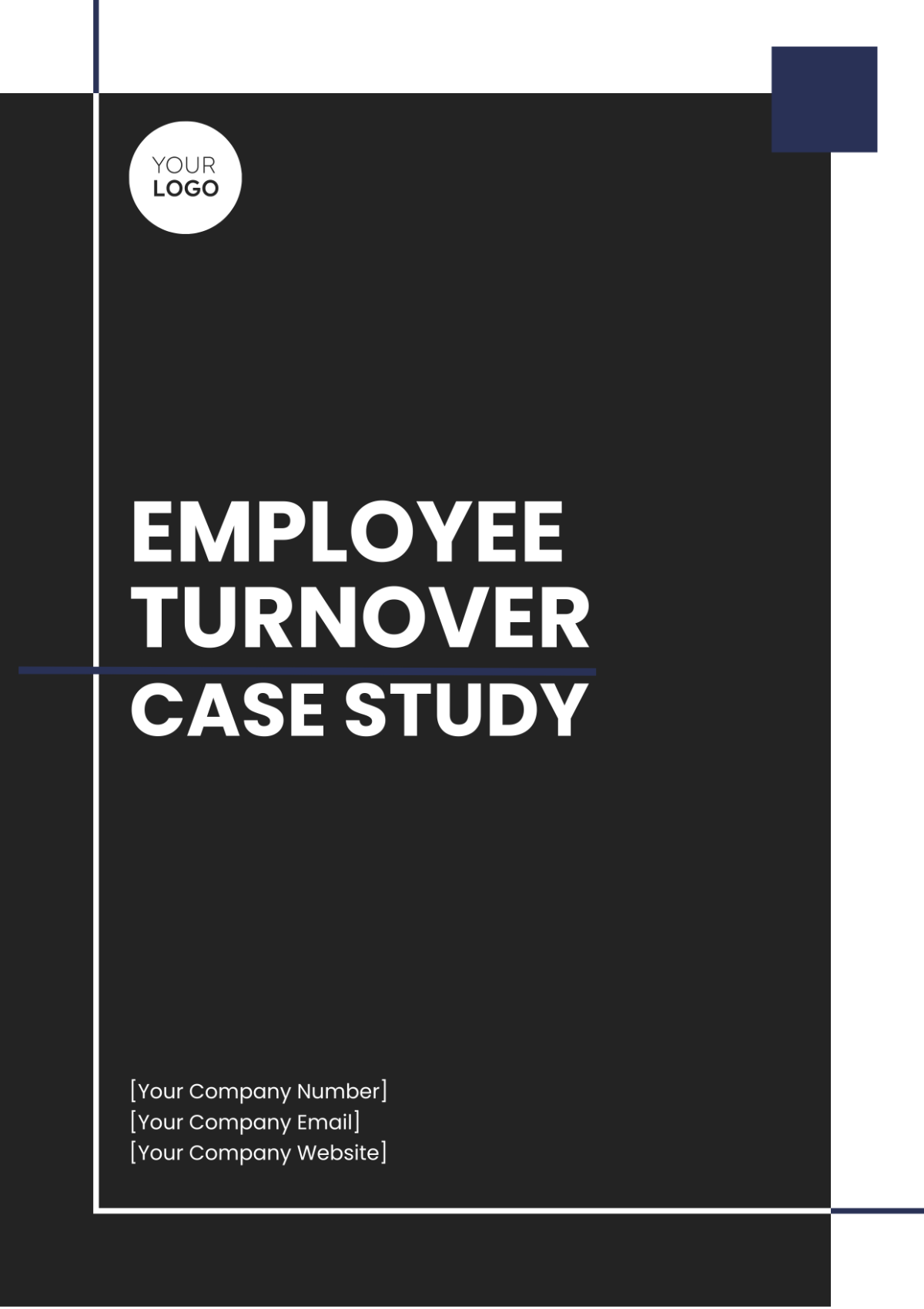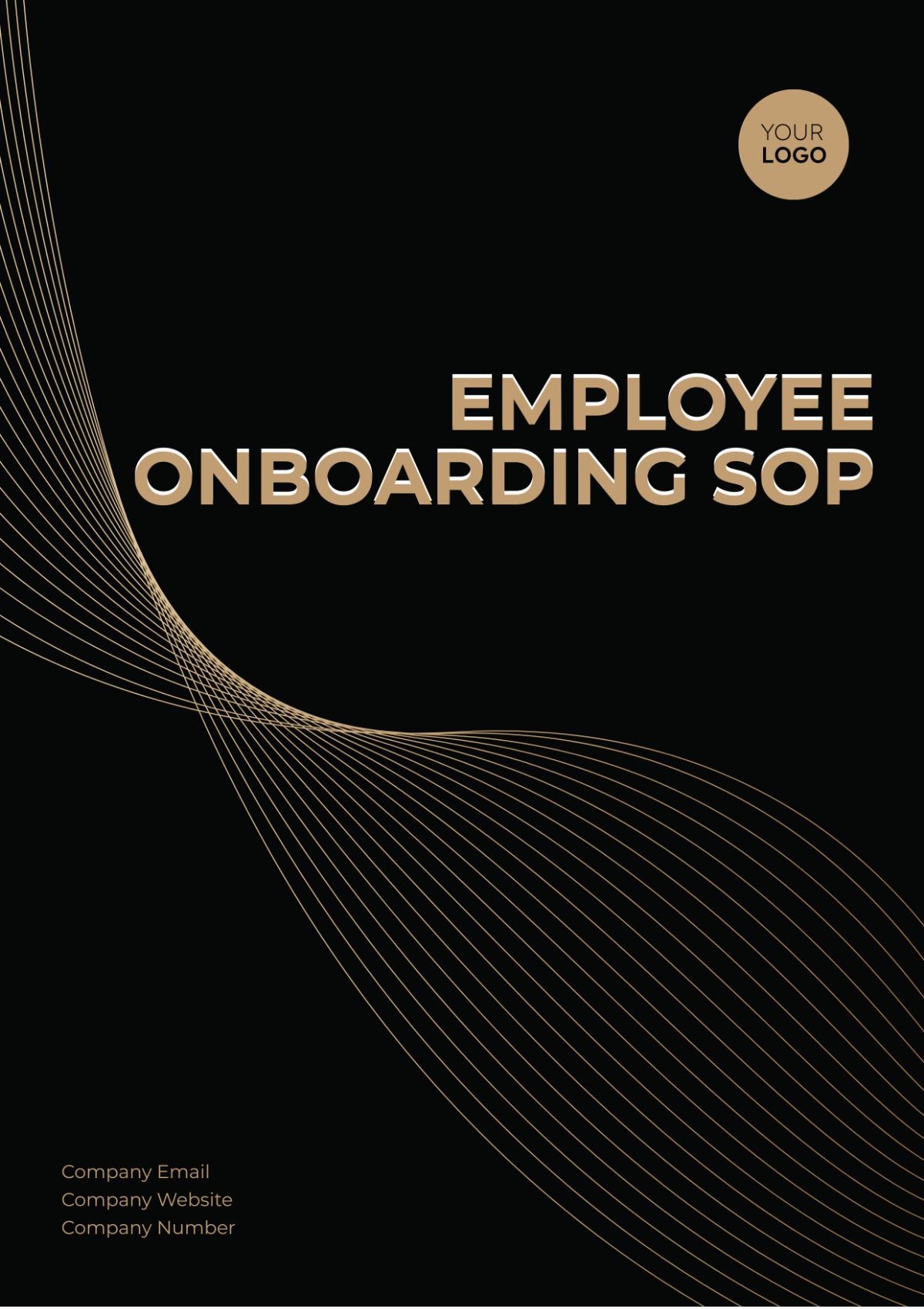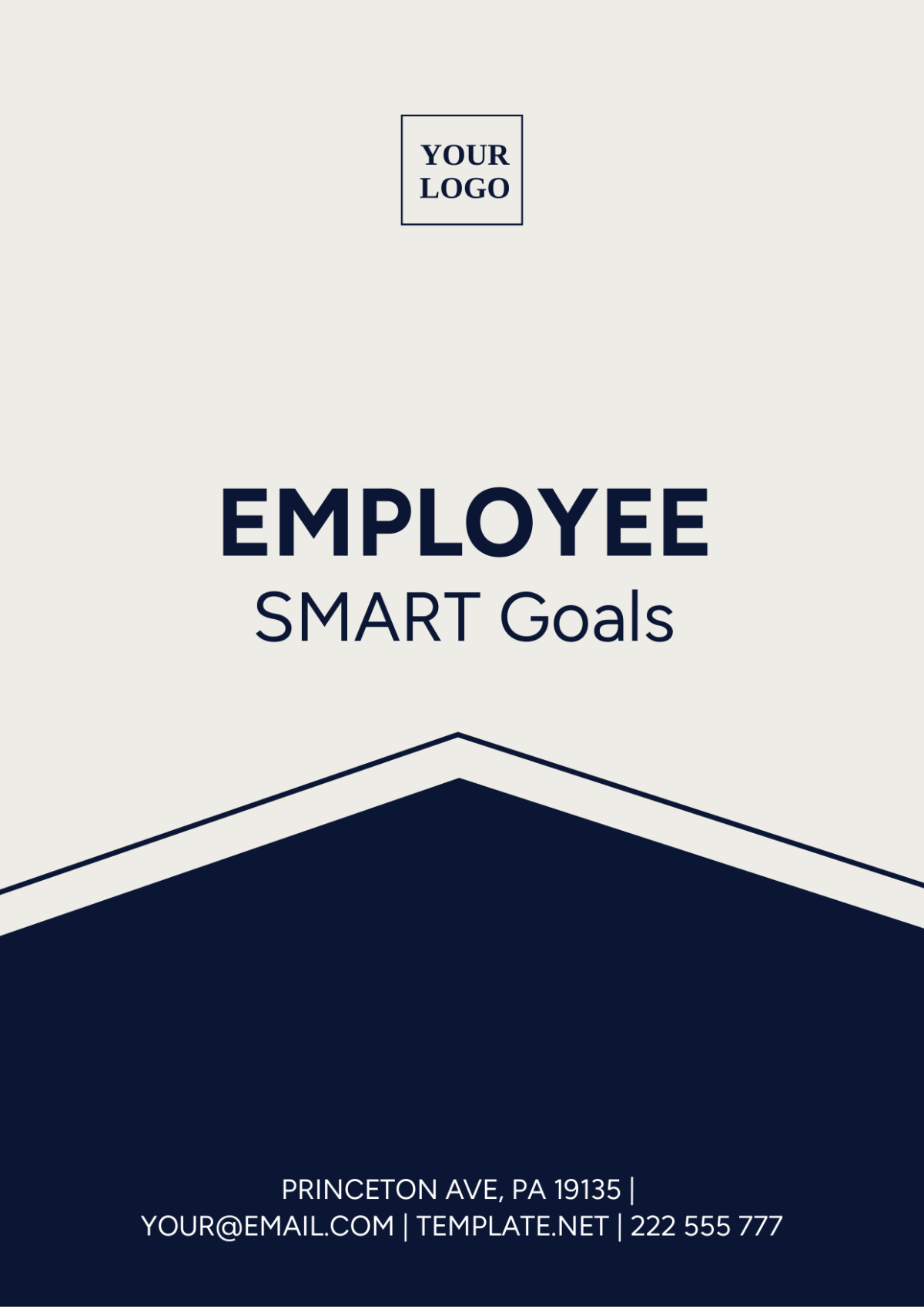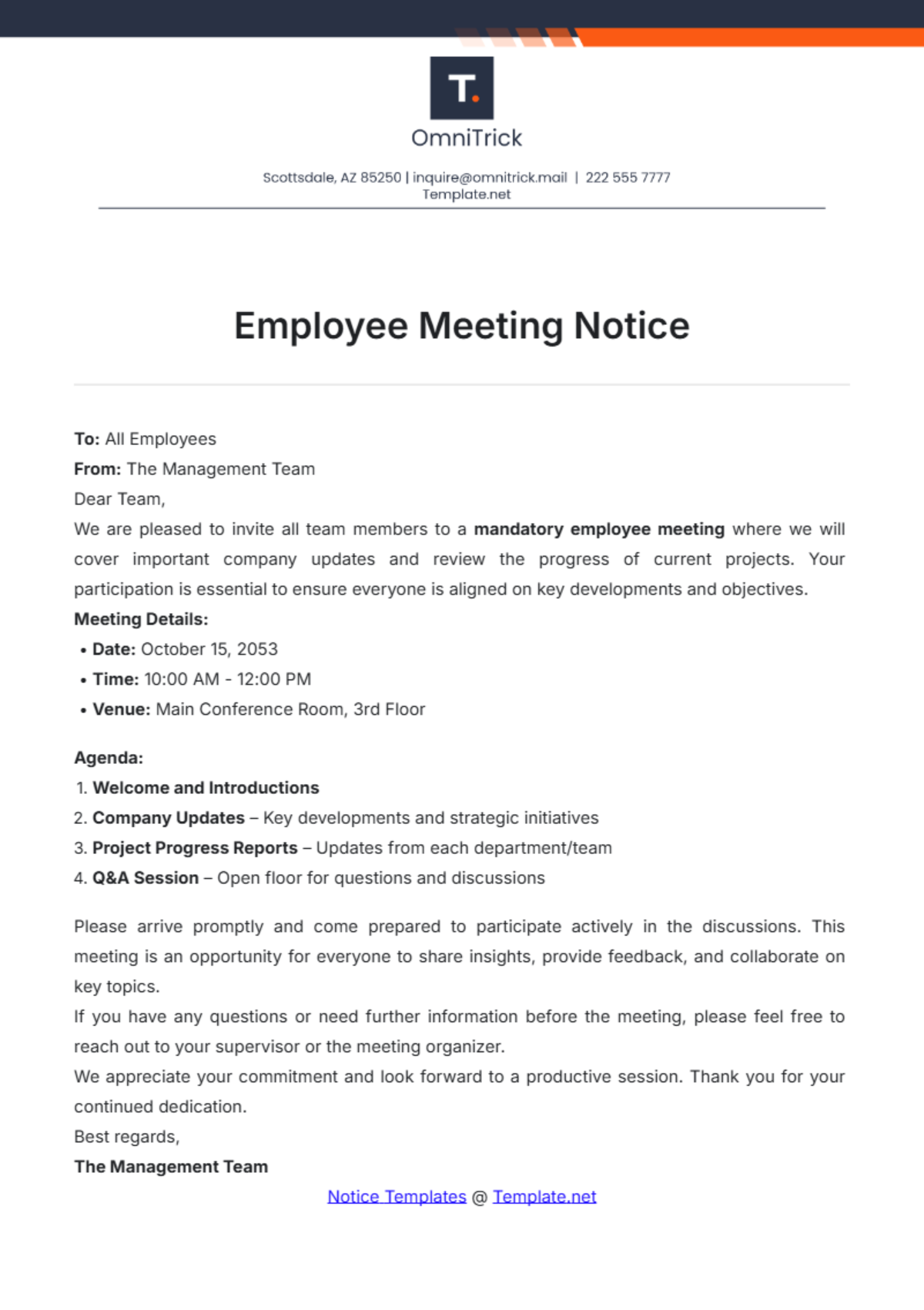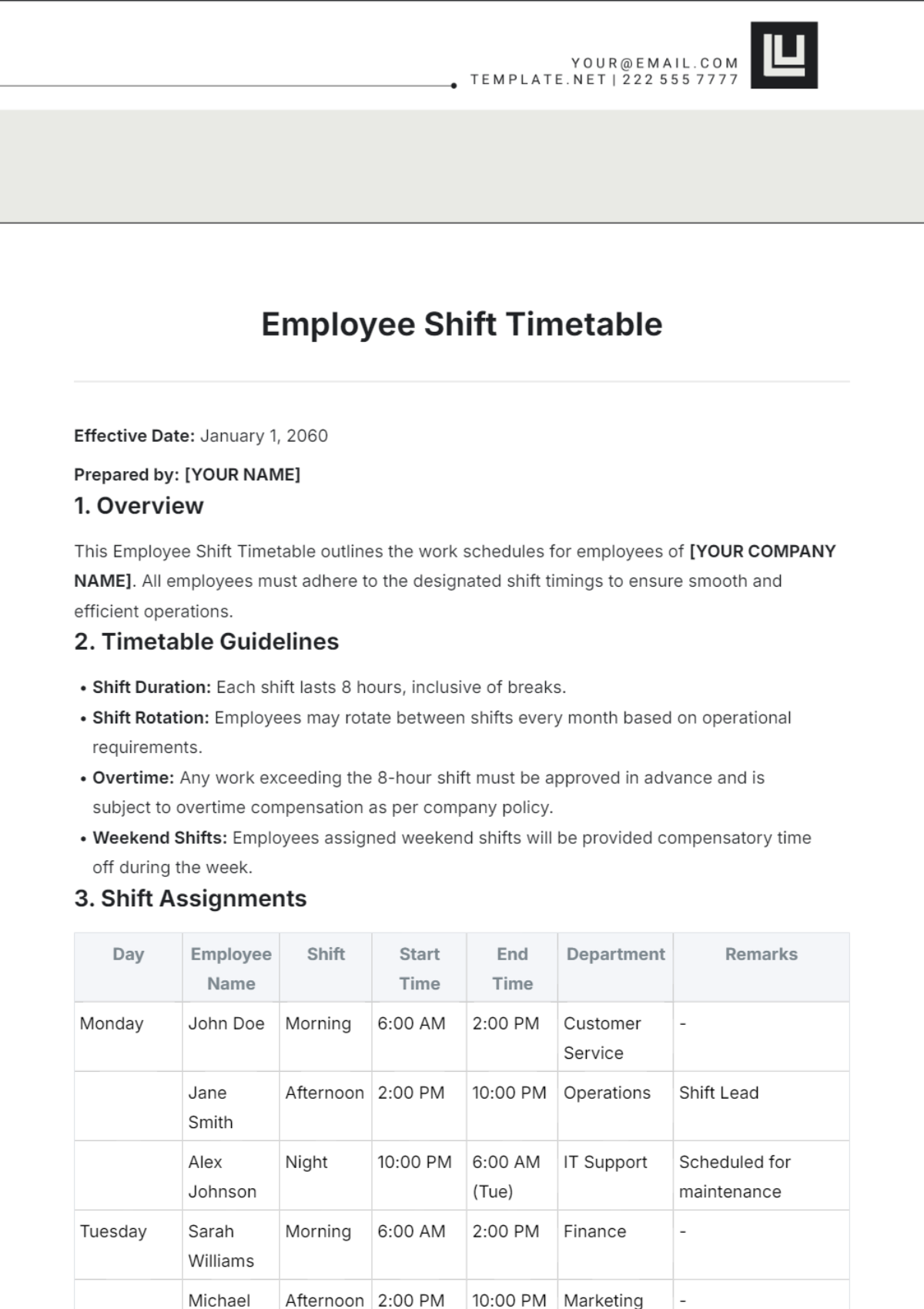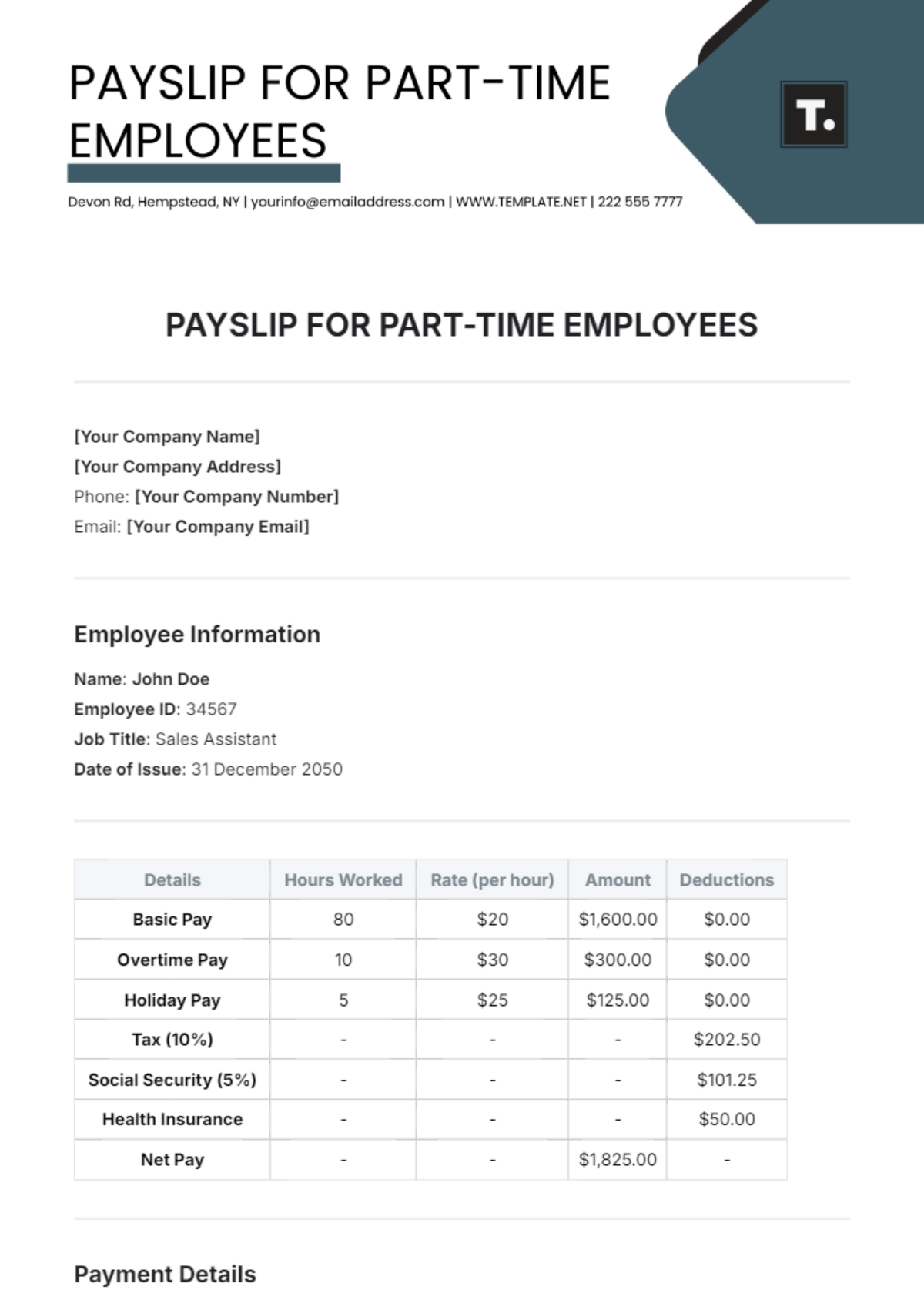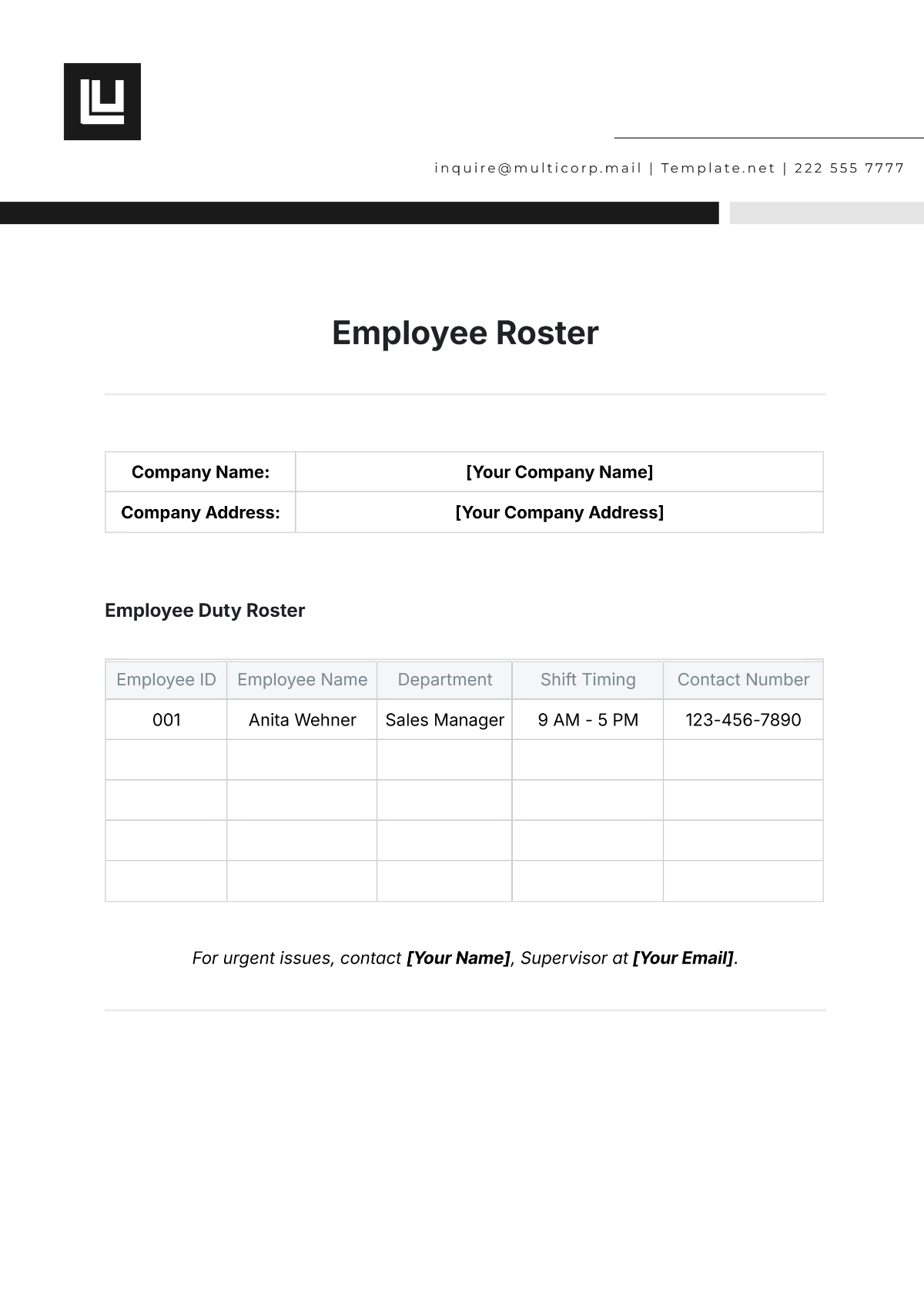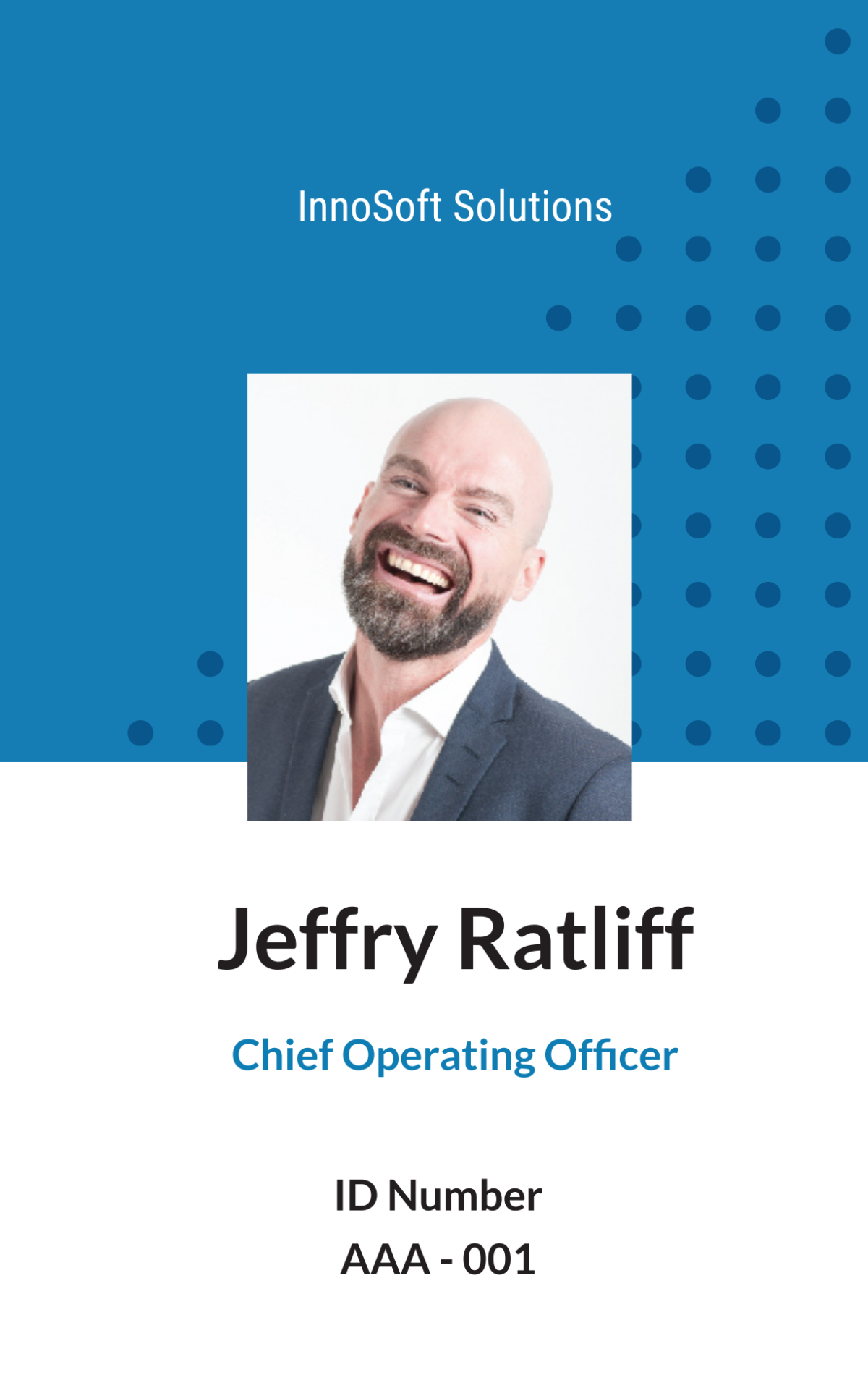Employee Satisfaction Feasibility Study
EXECUTIVE SUMMARY
Purpose of the Study
This Employee Satisfaction Feasibility Study serves as a critical step in [Your Company Name]'s commitment to enhancing the well-being and productivity of its workforce. The primary purpose is to comprehensively assess the feasibility of implementing initiatives aimed at improving overall employee satisfaction. In an ever-evolving business landscape, understanding and responding to employee needs is essential to maintain a competitive edge and foster a positive workplace culture.
Key Findings
As the study unfolds, the aim is to uncover valuable insights that will guide strategic decisions. Key findings will be derived from an in-depth analysis of current employee satisfaction levels, feedback mechanisms, and the identification of areas that require attention. The anticipated outcome of this study is to equip [Your Company Name] with the knowledge and strategies needed to create a more engaged, motivated, and satisfied workforce. Specific findings will be outlined in subsequent sections of this report.
INTRODUCTION
Background and Context
In a world where attracting and retaining top talent is increasingly challenging, [Your Company Name] acknowledges that employee satisfaction is a linchpin in achieving organizational success. As we strive to meet our business objectives, we recognize that the well-being and contentment of our employees are inextricably linked to our ability to thrive in the marketplace. The backdrop of this study includes our dedication to maintaining a workplace where individuals not only find fulfillment in their roles but also contribute positively to the company's growth and innovation.
In today's competitive business environment, an engaged and satisfied workforce can significantly impact the bottom line. High employee satisfaction correlates with increased productivity, reduced turnover, and enhanced customer experiences. Therefore, this study is timely and necessary to ensure that we continue to foster a culture that supports and empowers our employees.
Objectives
The objectives of this Employee Satisfaction Feasibility Study are threefold:
Evaluate Current Employee Satisfaction Levels: Through a combination of surveys, focus groups, and data analysis, we aim to gauge the current state of employee satisfaction within [Your Company Name]. This evaluation will serve as a baseline against which future improvements can be measured.
Identify Areas Requiring Improvement: By soliciting feedback directly from our employees, we intend to pinpoint specific areas where we can enhance their experience and address concerns effectively.
Determine the Feasibility of Implementing Changes: This study will assess the feasibility of implementing proposed changes to enhance employee satisfaction, considering factors such as resource requirements, budget, and a realistic timeline.
METHODOLOGY
Data Collection
Data will be collected through a multi-faceted approach to ensure a comprehensive understanding of employee satisfaction. The following methods will be employed:
Employee Surveys
We will administer anonymous surveys to all employees to gauge their overall satisfaction with various aspects of their work environment, job roles, and company culture. Survey questions will cover topics such as job satisfaction, work-life balance, communication, recognition, and opportunities for growth. A well-structured Likert scale and open-ended questions will be used to collect quantitative and qualitative data, allowing us to uncover nuanced insights.
Focus Groups
In-depth focus group discussions will be conducted with a diverse cross-section of employees. These sessions will be moderated by experienced facilitators who will encourage open dialogue. Focus groups will explore employee perceptions, experiences, and suggestions for improvement. These discussions will provide qualitative data rich in context and employee perspectives.
Existing Feedback Mechanisms
We will analyze data from existing feedback mechanisms within [Your Company Name], including suggestion boxes, regular performance reviews, and one-on-one meetings between employees and supervisors. This will help us understand how well current feedback channels are functioning and whether they effectively address employee concerns.
Analysis Techniques
The collected data will undergo both quantitative and qualitative analysis to gain comprehensive insights:
Quantitative Analysis
Statistical tools and software will be used to analyze survey responses, providing us with quantitative metrics on employee satisfaction levels and identifying statistically significant trends and patterns.
Qualitative Analysis
Focus group transcripts and open-ended survey responses will be subjected to thematic analysis. This qualitative approach will enable us to identify recurring themes, sentiments, and underlying issues that may not be apparent through quantitative analysis alone.
Participants
To ensure representation from all levels and departments within the company, participants will be selected using a stratified sampling method. This method will guarantee that the study encompasses the diverse perspectives of employees, from entry-level positions to upper management, and from different departments and locations. This comprehensive approach will yield a more holistic understanding of the organization's dynamics.
CURRENT STATE ANALYSIS
Employee Satisfaction Metrics
To gain a complete picture of the current state of employee satisfaction, we will analyze various existing metrics and sources:
Employee Surveys
We will review past employee satisfaction surveys, including responses to questions related to job satisfaction, workplace culture, and management effectiveness. This historical data will serve as a baseline for our analysis.
Performance Reviews
Performance reviews often include feedback from both employees and supervisors, offering valuable insights into individual job satisfaction, skill development, and career progression.
Employee Engagement Metrics
We will examine data related to employee engagement, including metrics such as employee retention rates, attendance records, and productivity indicators. These metrics provide indirect indicators of employee satisfaction.
Existing Feedback Mechanisms
Our analysis will also focus on the effectiveness of existing feedback mechanisms:
Suggestion Boxes
We will evaluate the quantity and quality of suggestions received through suggestion boxes, as well as the responsiveness of management to these suggestions.
One-on-One Meetings
One-on-one meetings between employees and supervisors will be examined to assess whether these meetings provide a platform for employees to voice concerns and whether follow-up actions are taken.
Performance Improvement Plans (PIPs)
Reviewing performance improvement plans will allow us to understand how employee performance concerns are addressed and whether these plans have an impact on overall satisfaction.
IDENTIFYING AREAS FOR IMPROVEMENT
Employee Surveys
ASPECT | EXAMPLE QUESTIONS |
Work Environment | How satisfied are you with your workspace? |
Communication | Do you feel well-informed about company changes? |
Leadership | How would you rate your immediate supervisor? |
Career Development | Do you see growth opportunities within the company? |
Work-Life Balance | Is your workload manageable for a healthy work-life balance? |
A comprehensive employee survey will be administered, focusing on key aspects of employee satisfaction. The results will be analyzed to pinpoint specific areas requiring attention. For instance, if a significant percentage of employees express dissatisfaction with their immediate supervisors, targeted leadership training may be recommended.
Focus Groups
TOPIC | DISCUSSION POINTS |
Communication | How can communication between management and employees be improved? |
Work-Life Balance | What work-life balance challenges do employees face, and how can these be addressed? |
Career Development | What suggestions do employees have for enhancing career growth opportunities within the company? |
Employee Well-being | What initiatives can be implemented to support employee mental and physical well-being? |
Focus groups will be conducted with cross-functional employee groups. These discussions will offer qualitative insights into employee concerns, allowing us to identify nuanced issues that may not be evident in survey data alone. For instance, if focus group participants consistently highlight challenges related to work-life balance, this may lead to the recommendation of flexible work arrangements or stress management programs.
Exit Interviews: Common Findings
ISSUE | FREQUENCY | ACTION PLAN |
Limited Career Growth | High | Develop a career development program. |
Communication Problems | Moderate | Implement regular communication channels. |
Workload Stress | Moderate | Review workload distribution and support. |
Compensation | Low | Evaluate compensation and benefits structure. |
FEASIBILITY ASSESSMENT
Resource Requirements
RESOURCE CATEGORY | EXAMPLES |
Human Resources | Additional HR personnel, trainers, consultants |
Financial Resources | Budget allocation for surveys, training programs |
Technological Resources | Employee survey software, communication tools |
A detailed resource assessment will be conducted, including human, financial, and technological resources. For example, if it is determined that additional HR personnel are required to manage survey data and training programs, we will outline the staffing needs and associated costs.
Timeframe
PHASE | ESTIMATED DURATION |
Data Collection | [x] months |
Analysis and Planning | [x] month |
Implementation | [x] months |
Monitoring and Evaluation | Ongoing |
A realistic timeline for implementing improvements will be developed, taking into account the complexity of the proposed initiatives. For example, if the implementation phase includes leadership training, the timeline will reflect the duration required for training sessions and follow-up.
Budget
Employee Surveys: $[x]
Focus Groups: $[x]
Leadership Training: $[x]
Communication Tools: $[x]
Total: $[x]
IMPLEMENTATION PLAN
Timeline
The implementation timeline is a critical component of our feasibility study, providing a roadmap for executing employee satisfaction improvements. It is essential to create a realistic and well-structured schedule to ensure that the plan unfolds smoothly. The following is a tentative timeline:
ACTIVITY | START DATE | END DATE |
Initiation of Feasibility Study | [Date] | [Date] |
Data Collection (Surveys) | [Date] | [Date] |
Data Analysis and Initial Findings | [Date] | [Date] |
Focus Group Sessions | [Date] | [Date] |
Exit Interview Analysis | [Date] | [Date] |
Feasibility Assessment | [Date] | [Date] |
Implementation Plan Development | [Date] | [Date] |
Budget Preparation | [Date] | [Date] |
Final Report and Recommendations | [Date] | [Date] |
Initiation of Employee Satisfaction Initiatives | [Date] | [Date] |
Responsible Parties
To ensure the successful execution of our employee satisfaction improvement plan, we will assign clear responsibilities to various individuals or teams within the organization. These roles will be responsible for specific aspects of the plan:
HR Department: Responsible for overseeing the entire implementation process and coordinating all activities.
Employee Engagement Team: This cross-functional team will be in charge of organizing and conducting focus group sessions, analyzing survey data, and proposing action plans.
Finance Department: Responsible for budget allocation and financial oversight.
Department Heads: Will actively participate in implementing initiatives within their respective departments and monitoring progress.
Key Milestones
Achieving specific milestones is crucial to measuring progress and ensuring the successful implementation of our employee satisfaction initiatives. These milestones will serve as markers for evaluating our progress:
Completion of Data Collection: Once all survey data is collected and analyzed, we will have a clear baseline for employee satisfaction levels.
Focus Group Insights: The insights gathered from focus group sessions will provide valuable qualitative data to supplement survey results.
Feasibility Assessment Completion: At this stage, we will have a comprehensive understanding of the resources required and the feasibility of the proposed initiatives.
Finalization of Implementation Plan: A detailed plan outlining the initiatives, responsibilities, and timelines will be established.
Budget Approval: Once the budget is prepared, it will need to be reviewed and approved by relevant stakeholders.
Initiation of Employee Satisfaction Initiatives: The actual implementation of initiatives, such as training programs, benefits enhancements, or communication improvements, will commence.
MONITORING AND EVALUATION
KPIs (Key Performance Indicators)
Measuring the success of our employee satisfaction initiatives is essential. We will use the following KPIs to assess the impact of our efforts:
Employee Satisfaction Index (ESI): Calculated based on survey responses, the ESI will provide a quantitative measure of overall employee satisfaction.
Employee Turnover Rate: A decrease in turnover is a positive indicator of improved employee satisfaction.
Productivity Metrics: Tracking changes in productivity, such as increased output or reduced errors, will help gauge the impact of satisfaction initiatives.
Participation Rates in New Programs: Monitoring the adoption of new programs, like wellness initiatives or training opportunities, will indicate their success.
Feedback Loop Effectiveness: Regular feedback mechanisms, such as suggestion boxes or town hall meetings, will be evaluated based on participation and the implementation of suggested improvements.
Regular Feedback Mechanisms
To maintain an ongoing feedback loop with employees, we will establish and maintain the following mechanisms:
Quarterly Employee Surveys: Continual assessment through surveys to track changes in satisfaction levels.
Biannual Focus Groups: Regular focus group sessions to delve deeper into specific issues and gather qualitative insights.
Monthly Feedback Sessions: Open forums for employees to share their concerns and suggestions, facilitated by department heads or HR.
Annual Review of Initiatives: Each year, we will conduct a comprehensive review of implemented initiatives to assess their impact and make necessary adjustments.
Continuous Communication Channels: Regular communication through internal newsletters, bulletin boards, and digital platforms to keep employees informed and engaged.
CONCLUSION
Feasibility Summary
After an in-depth analysis of our employee satisfaction landscape, it is clear that addressing employee satisfaction is both necessary and feasible for [Your Company Name]. This study has shed light on several crucial aspects:
Identification of Key Concerns: The data collected through surveys, focus groups, and exit interviews have highlighted key areas of concern among our employees. These concerns encompass aspects such as work-life balance, career development, and communication.
Resource Assessment: We have assessed the resource requirements for implementing initiatives aimed at improving employee satisfaction. While there will be an initial investment, the potential return in terms of enhanced employee morale, engagement, and productivity is substantial.
Timeline and Milestones: A well-structured implementation plan with clear timelines and key milestones has been developed. This plan ensures that efforts to enhance employee satisfaction are both efficient and effective.
Feedback Mechanisms: Robust feedback mechanisms have been incorporated into the plan to ensure that we continuously monitor progress and adjust strategies as needed. Regular feedback from employees will be invaluable in refining our approach.
Recommendations
Based on the feasibility assessment conducted in this study, we recommend the following:
Initiate Employee Engagement Programs: Launch employee engagement programs that target specific areas identified as areas of concern. These programs could include workshops on work-life balance, skills development initiatives, and enhanced communication channels.
Regular Review and Adaptation: Continuously review the progress of our initiatives and adapt them to the evolving needs of our workforce. This includes revisiting our KPIs and feedback mechanisms to ensure they remain relevant.
Communication and Transparency: Enhance communication within the organization, emphasizing transparency in decision-making processes. Open and honest communication will contribute significantly to employee satisfaction.
Leadership Training: Provide leadership training to managers and supervisors to empower them with the skills necessary to support and motivate their teams effectively.
Recognition and Rewards: Implement a structured recognition and rewards program to acknowledge and appreciate employee contributions and achievements.
In conclusion, improving employee satisfaction at [Your Company Name] is not only viable but also essential for our continued success. By addressing the concerns identified and implementing the recommendations outlined in this study, we will foster a more engaged, motivated, and satisfied workforce, ultimately benefiting our organization as a whole.
This feasibility study serves as a foundation upon which we can build a workplace that not only attracts top talent but also retains and empowers our existing employees, positioning us for a prosperous future.


